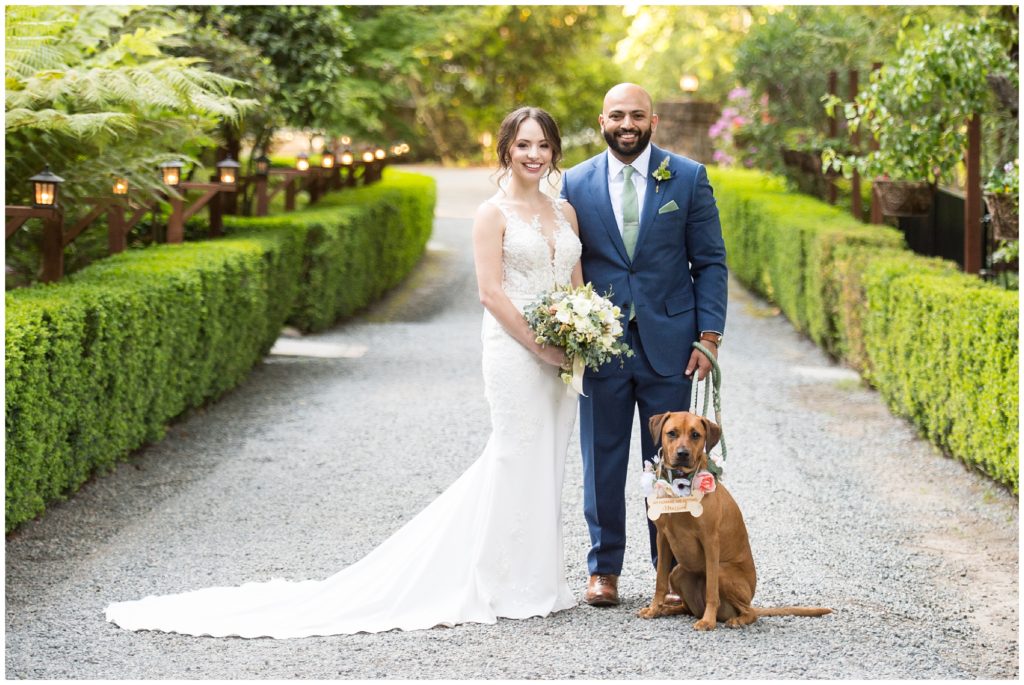
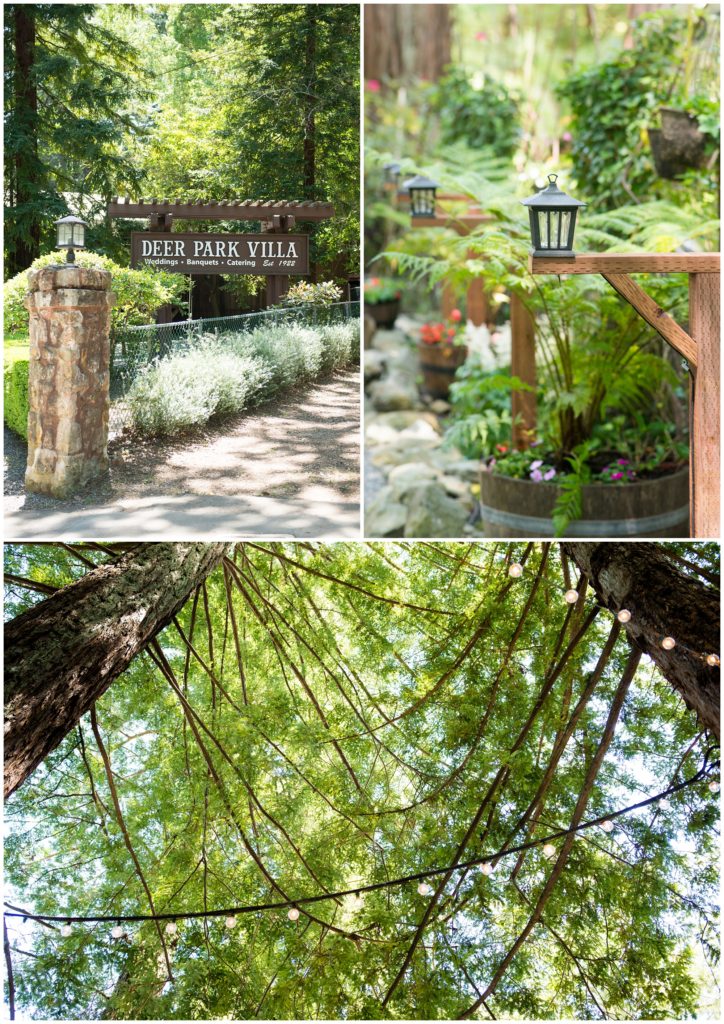

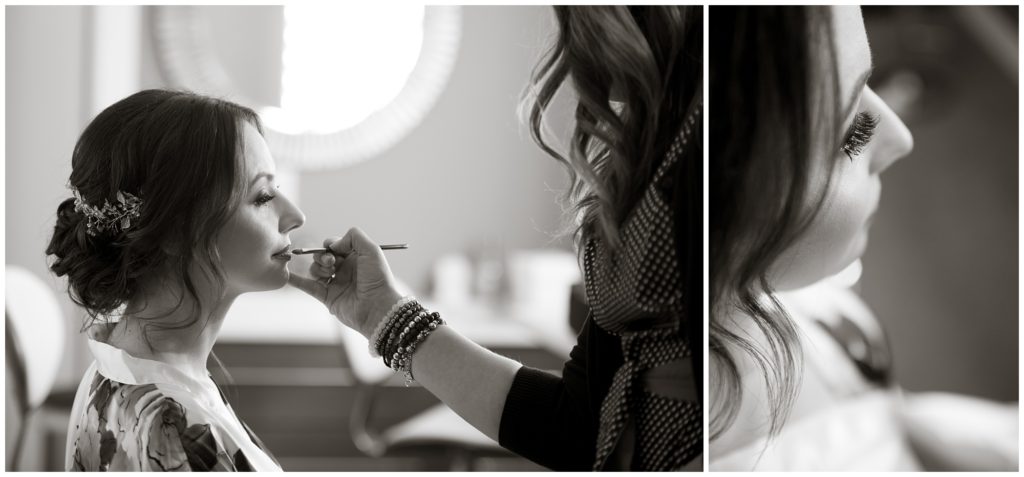

 Photographing these creative and delicious cookies at Sarah and Anand’s wedding was extra fun for me! These cookies were created by hand by Beylah, one of my talented brides from a few years ago!
Photographing these creative and delicious cookies at Sarah and Anand’s wedding was extra fun for me! These cookies were created by hand by Beylah, one of my talented brides from a few years ago!
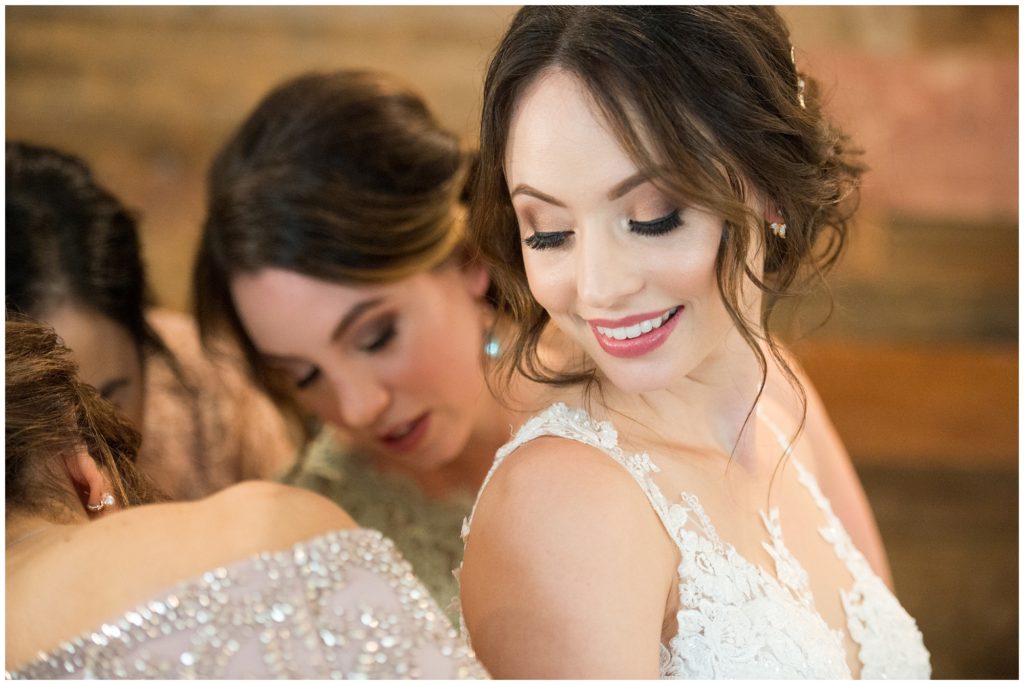


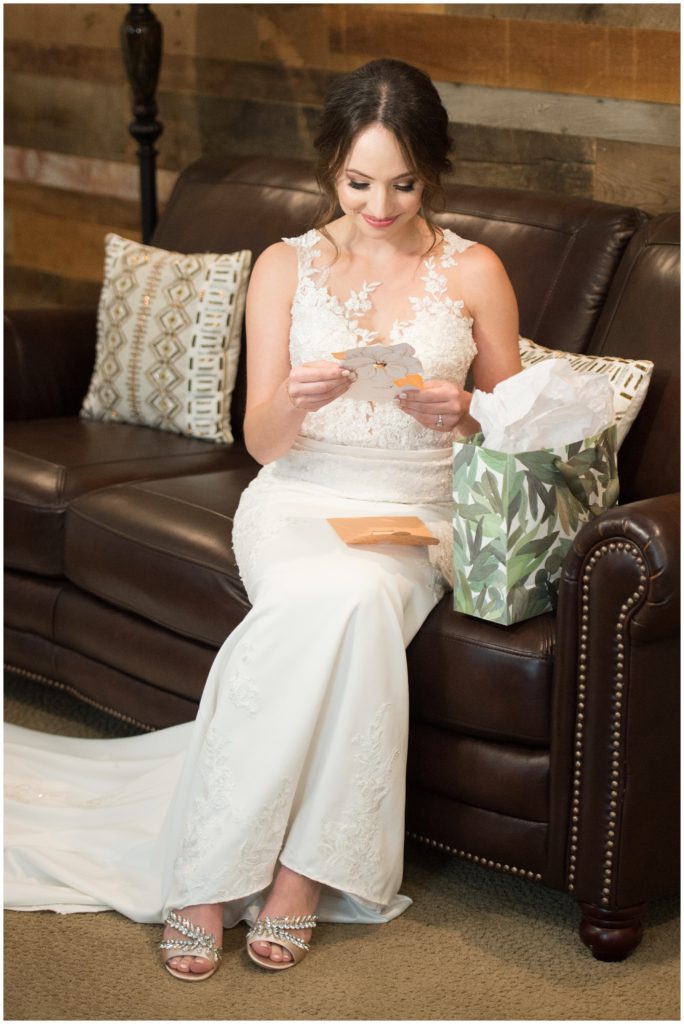


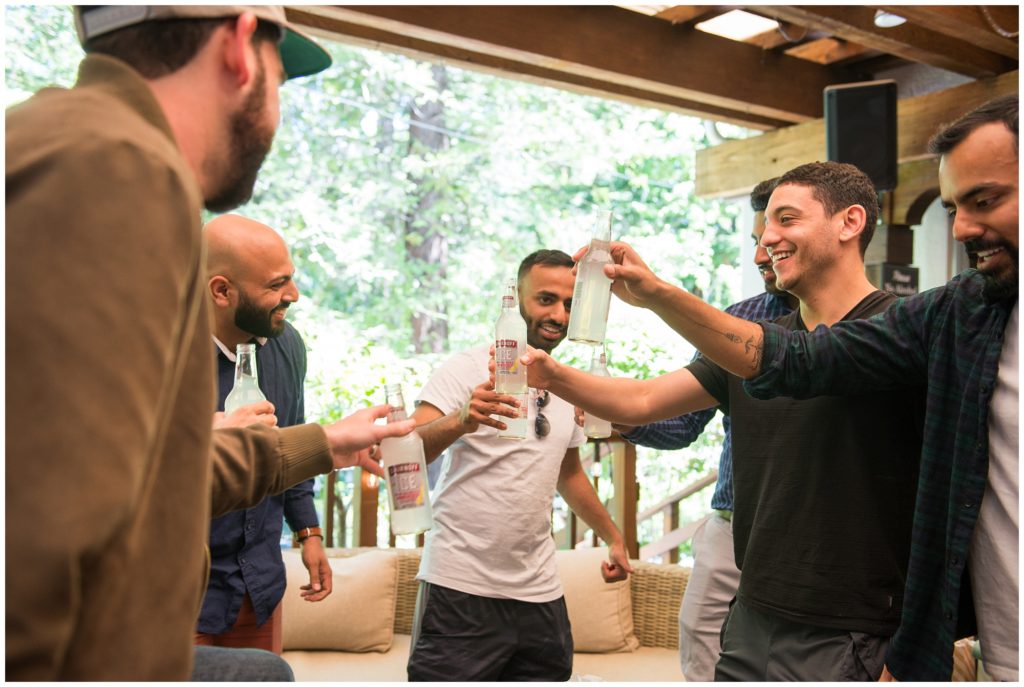

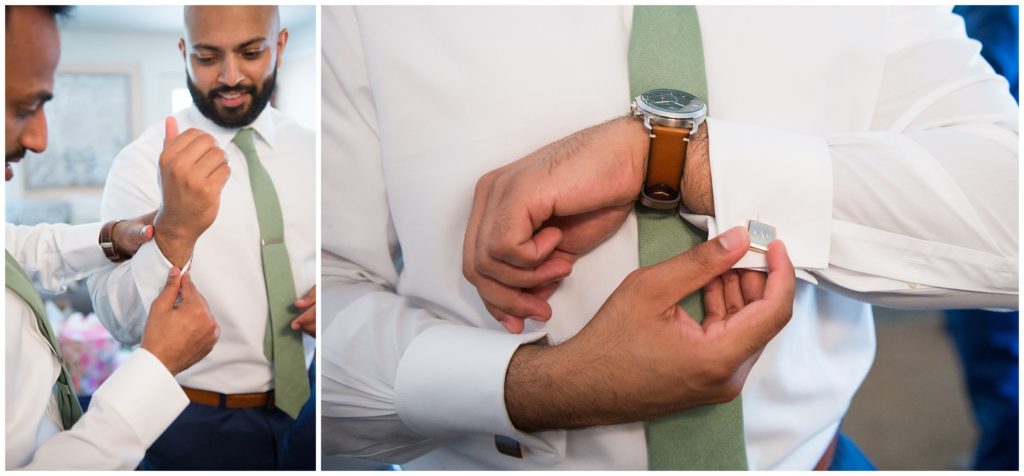

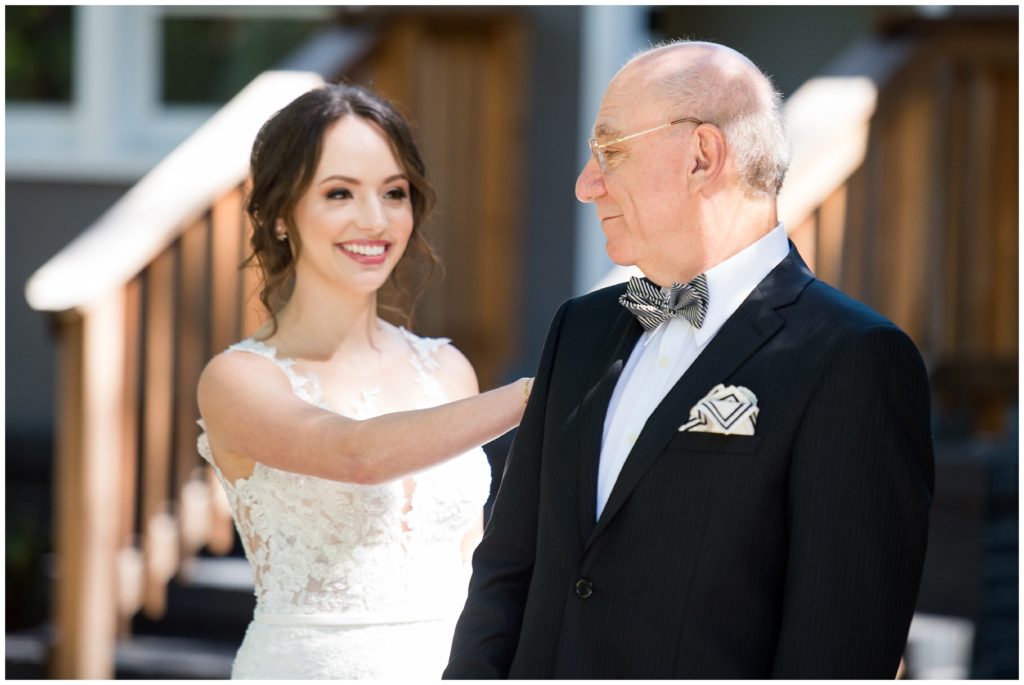

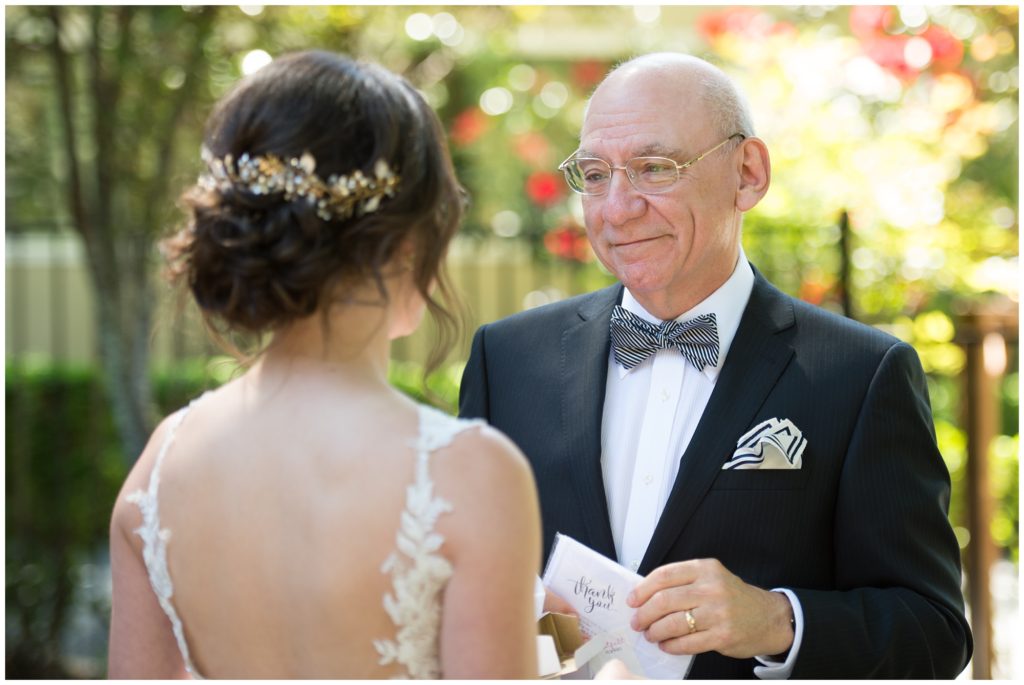 Sarah wanted her Dad to see her when she was completely ready in her wedding attire so she could give him a gift she had for him. We set Dad up outside the bridal suite and had Sarah walk towards him then tap him on the shoulder! It was such a sweet father-daughter moment!
Sarah wanted her Dad to see her when she was completely ready in her wedding attire so she could give him a gift she had for him. We set Dad up outside the bridal suite and had Sarah walk towards him then tap him on the shoulder! It was such a sweet father-daughter moment!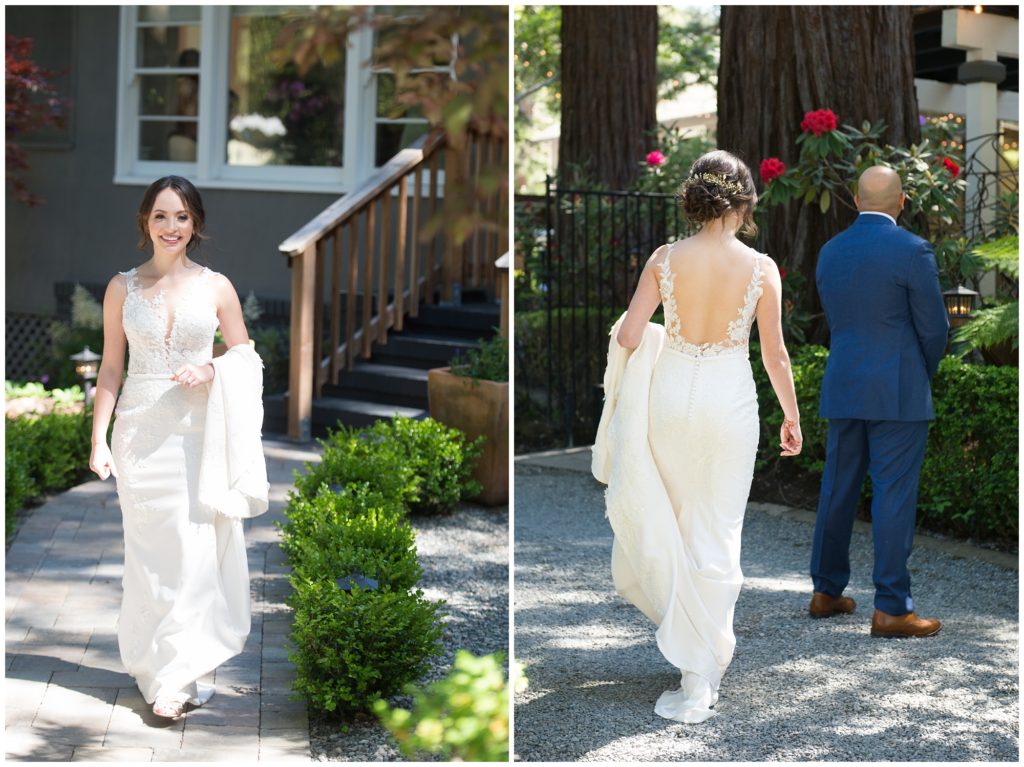

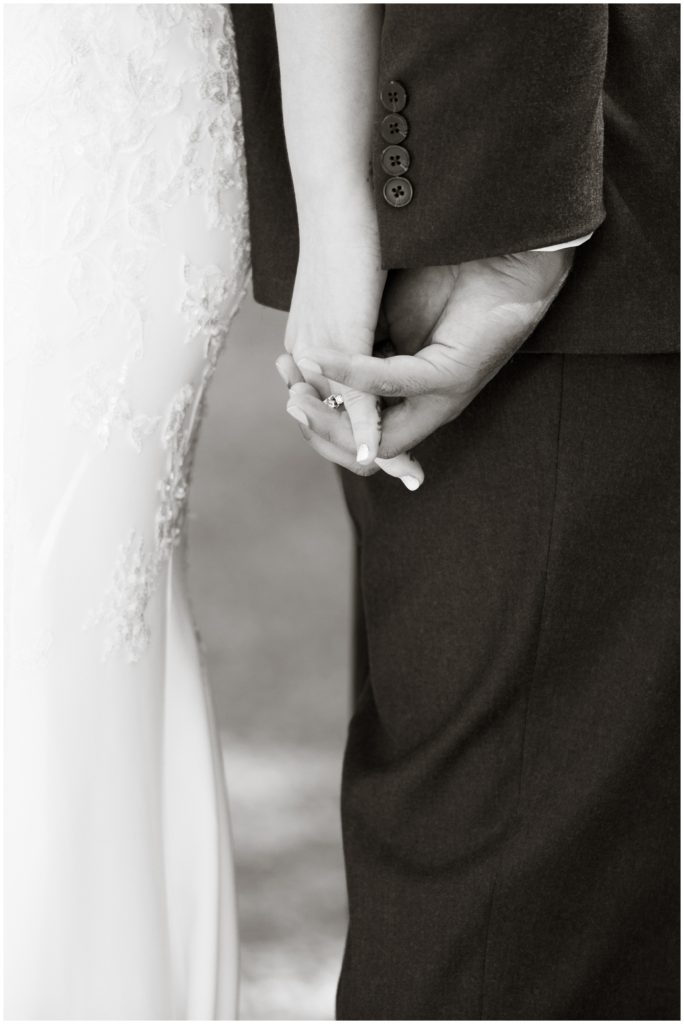
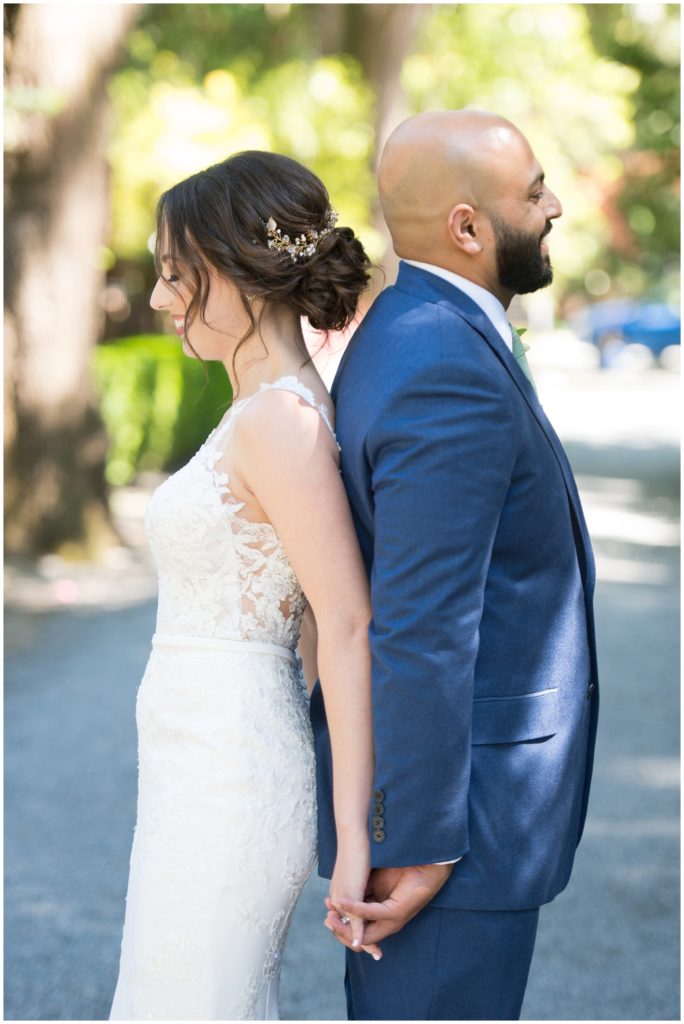
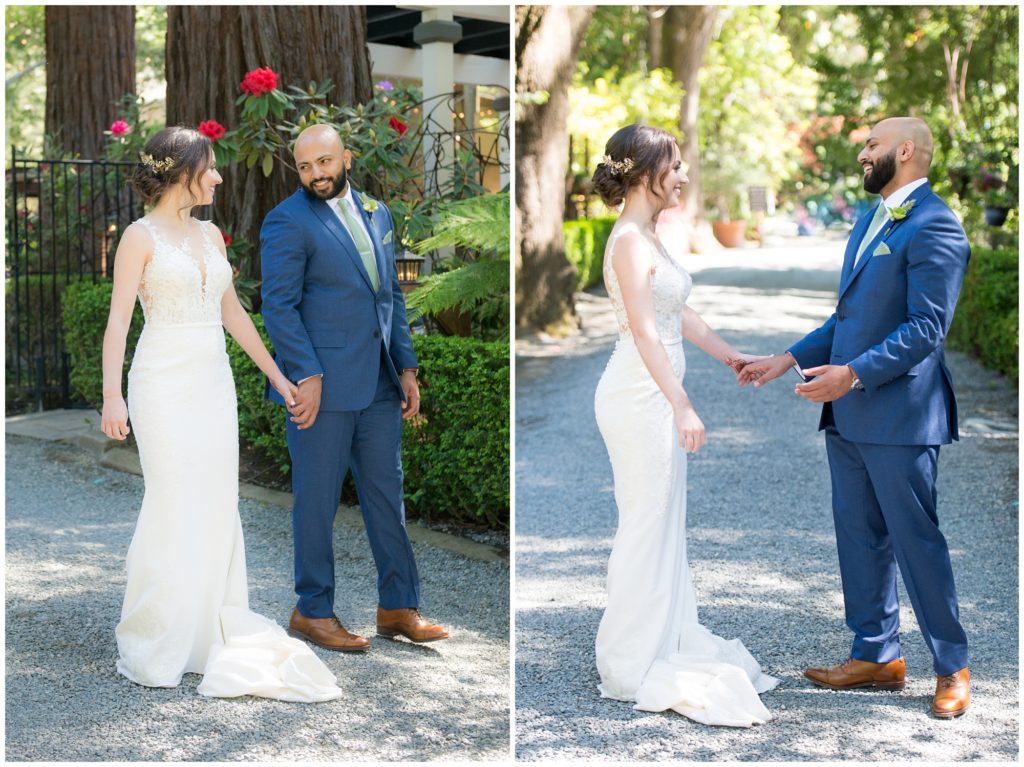


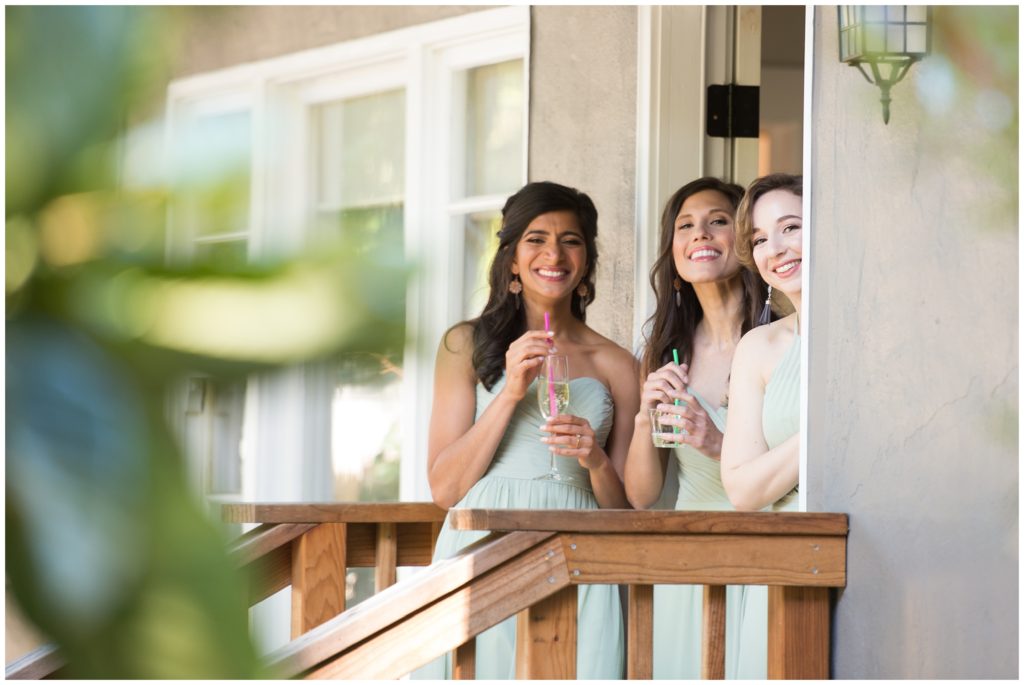
 Sarah’s got her gorgeous gown, created by Essence of Australia, in Patsy’s Bridal Boutique in Dallas Texas.
Sarah’s got her gorgeous gown, created by Essence of Australia, in Patsy’s Bridal Boutique in Dallas Texas.
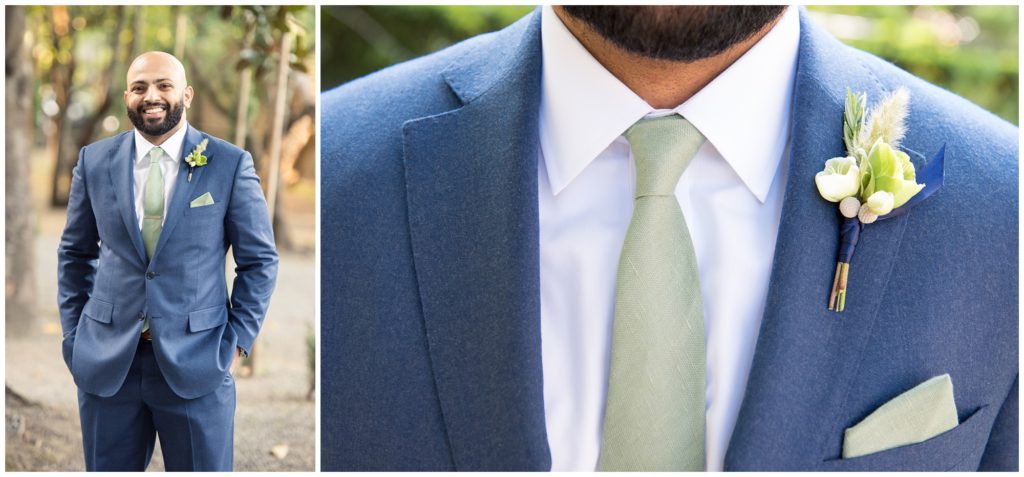


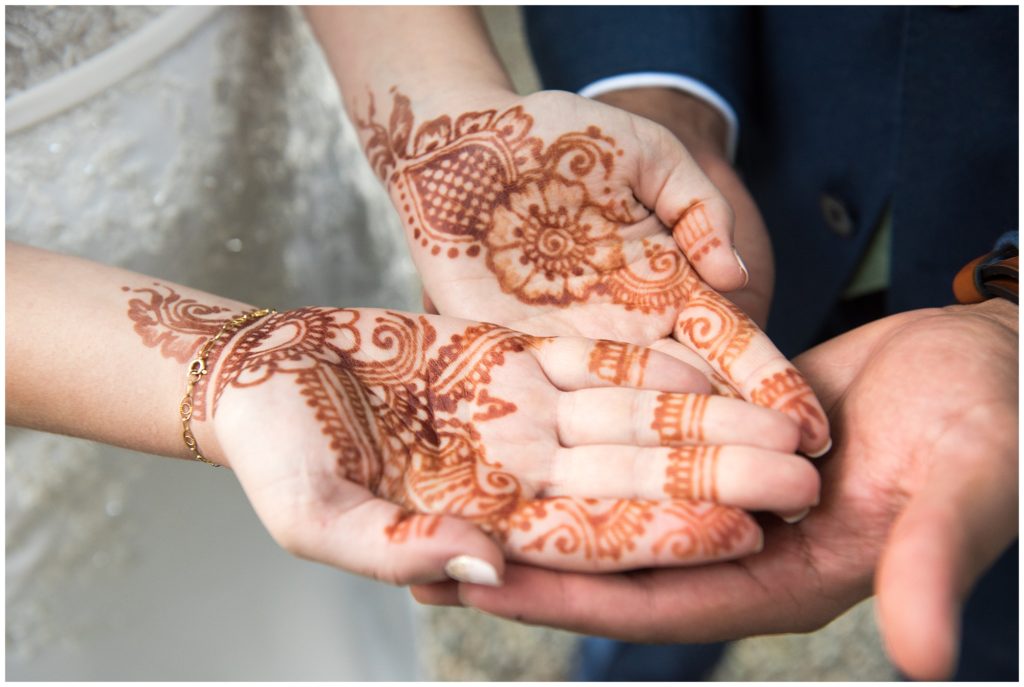
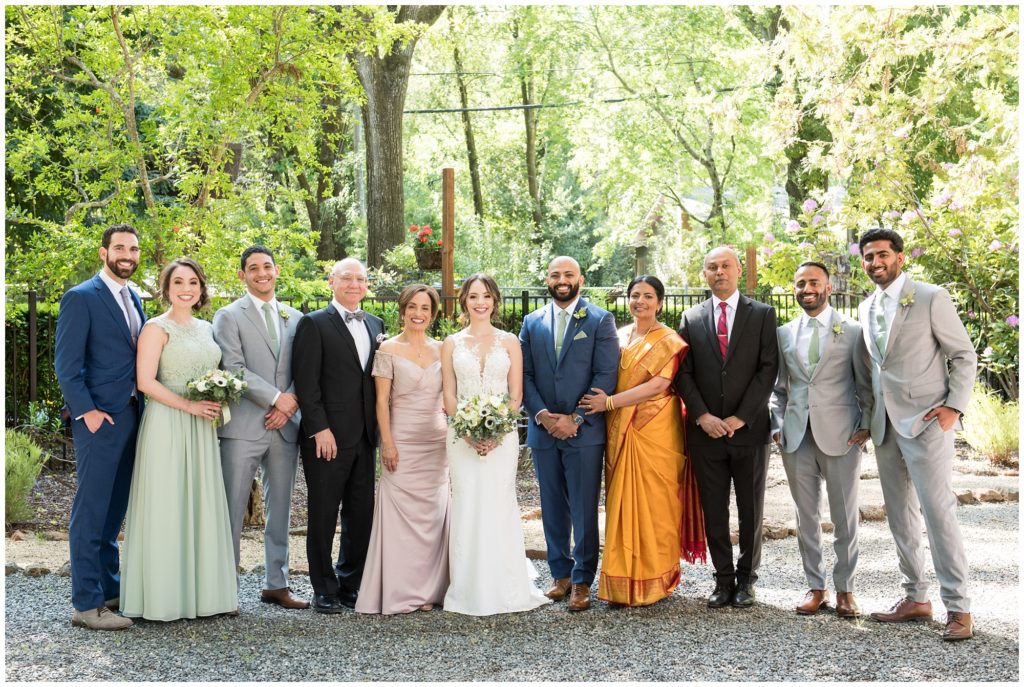 Family formals, often dreaded but they can go fast if organized properly and hey, they can be fun too!
Family formals, often dreaded but they can go fast if organized properly and hey, they can be fun too!
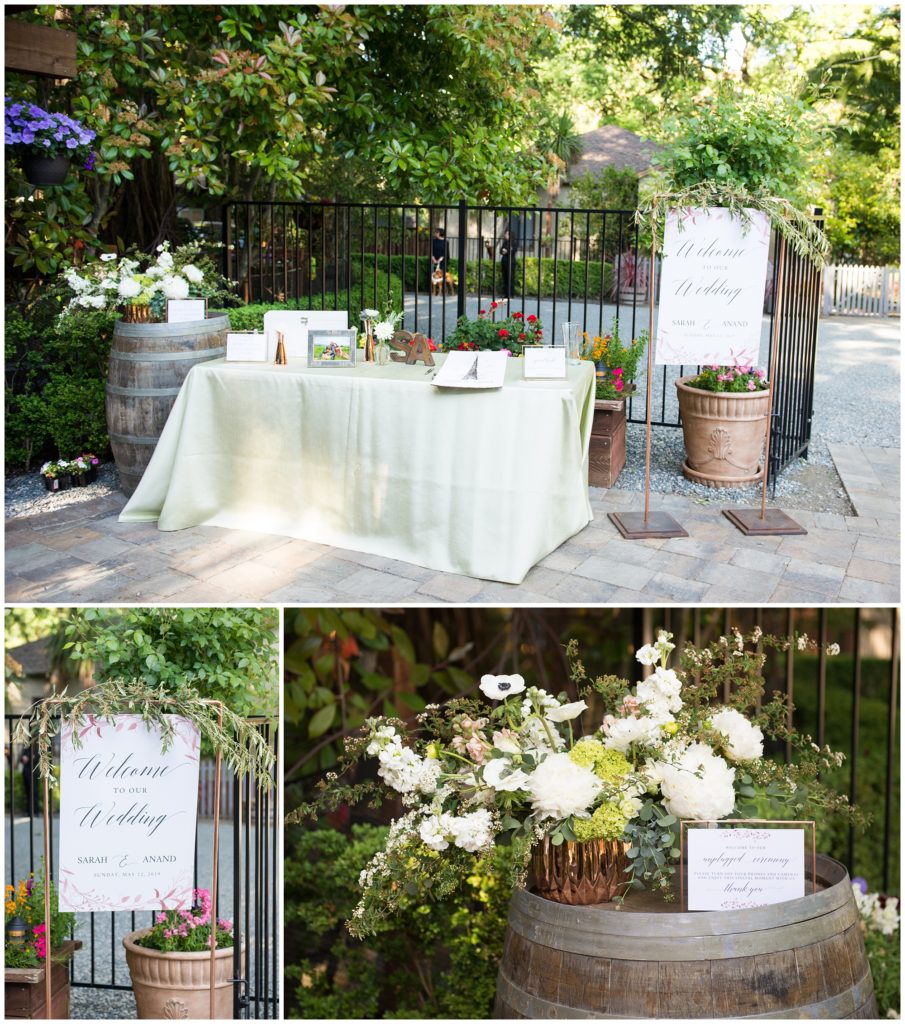 THE KETUBAH
THE KETUBAHThe Ketubah is the Jewish marriage contract. In modern times it is seen as a spiritual work of art that describes the couple’s love and commitment to each other. It is signed by the officiant, bride and groom and a few honored witnesses. It will be on display during cocktail hour for viewing.



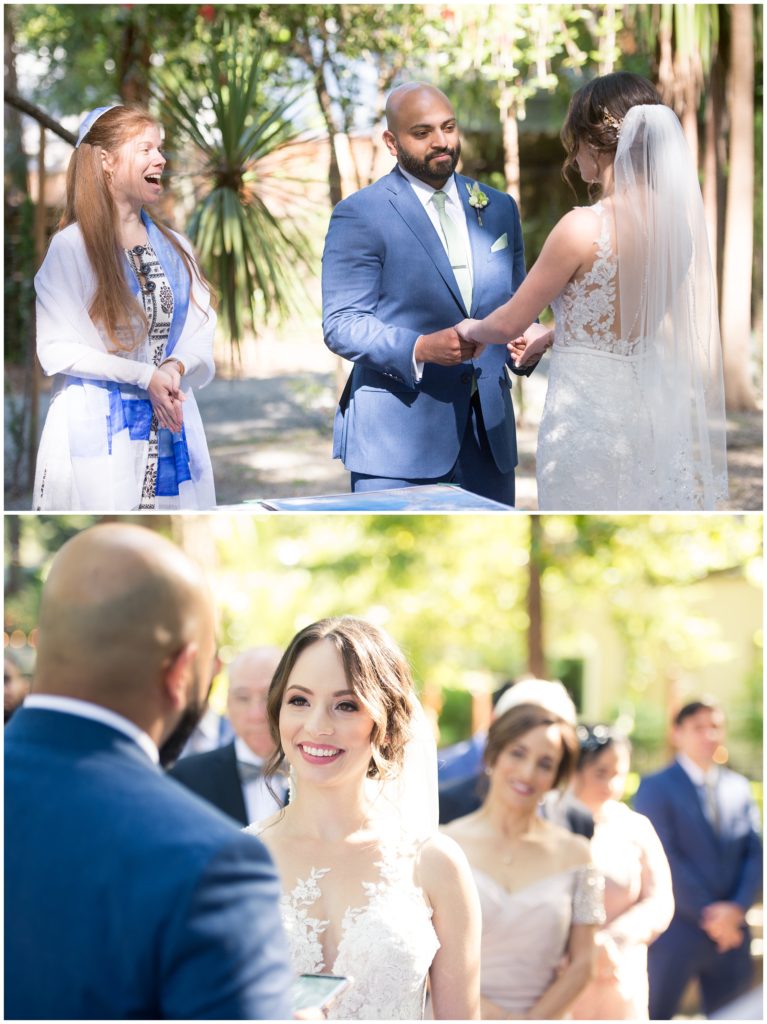

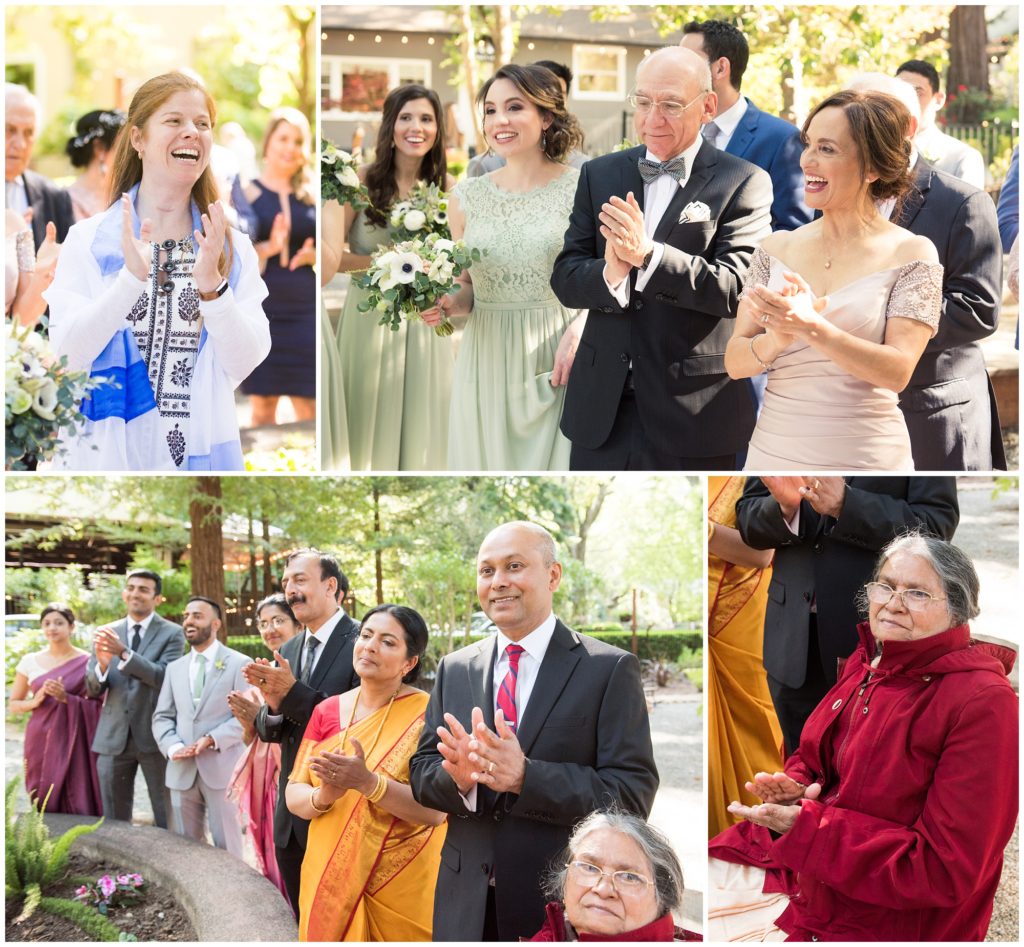
 THE CHUPPAH
THE CHUPPAHPronounced “hoo-pah,” this canopy is the structure under which couples stand in a Jewish wedding ceremony. It represents the new home that the couple is creating together. The canopy is open on all four sides to symbolize the couple welcoming family and friends into their new home, and that it is filled with love.
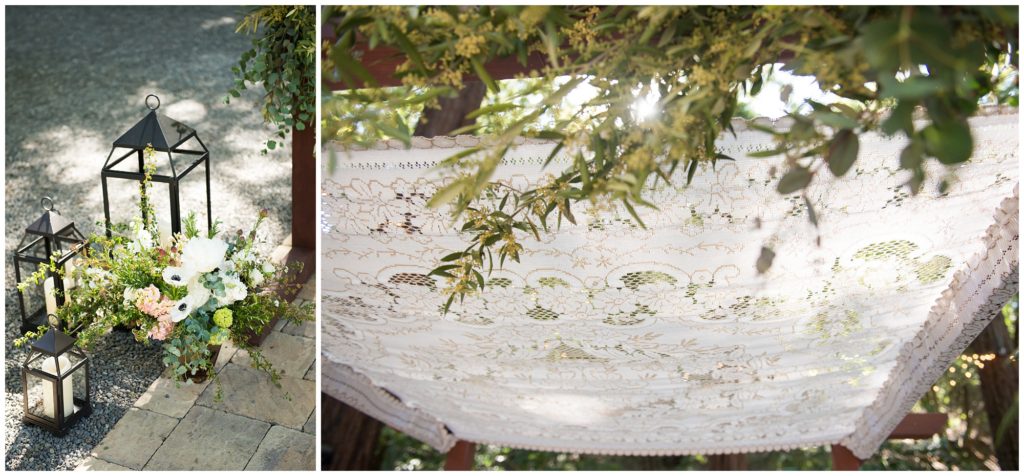

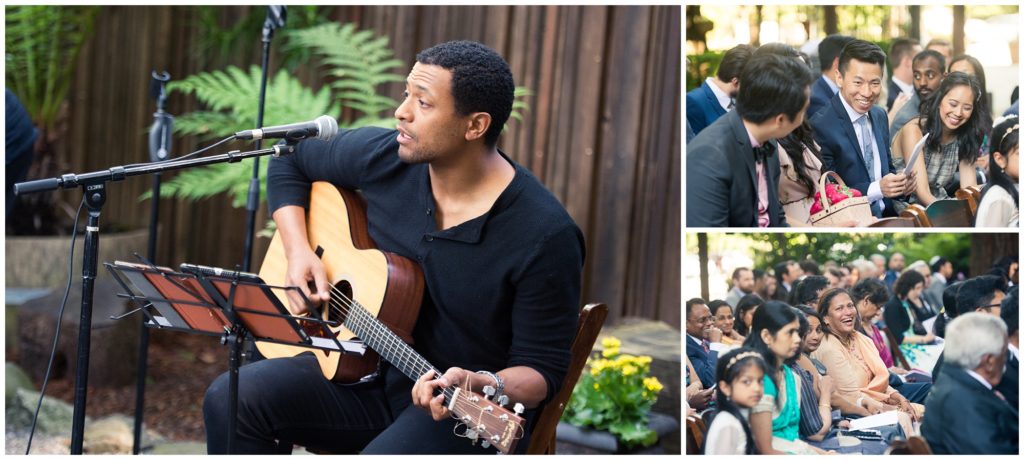
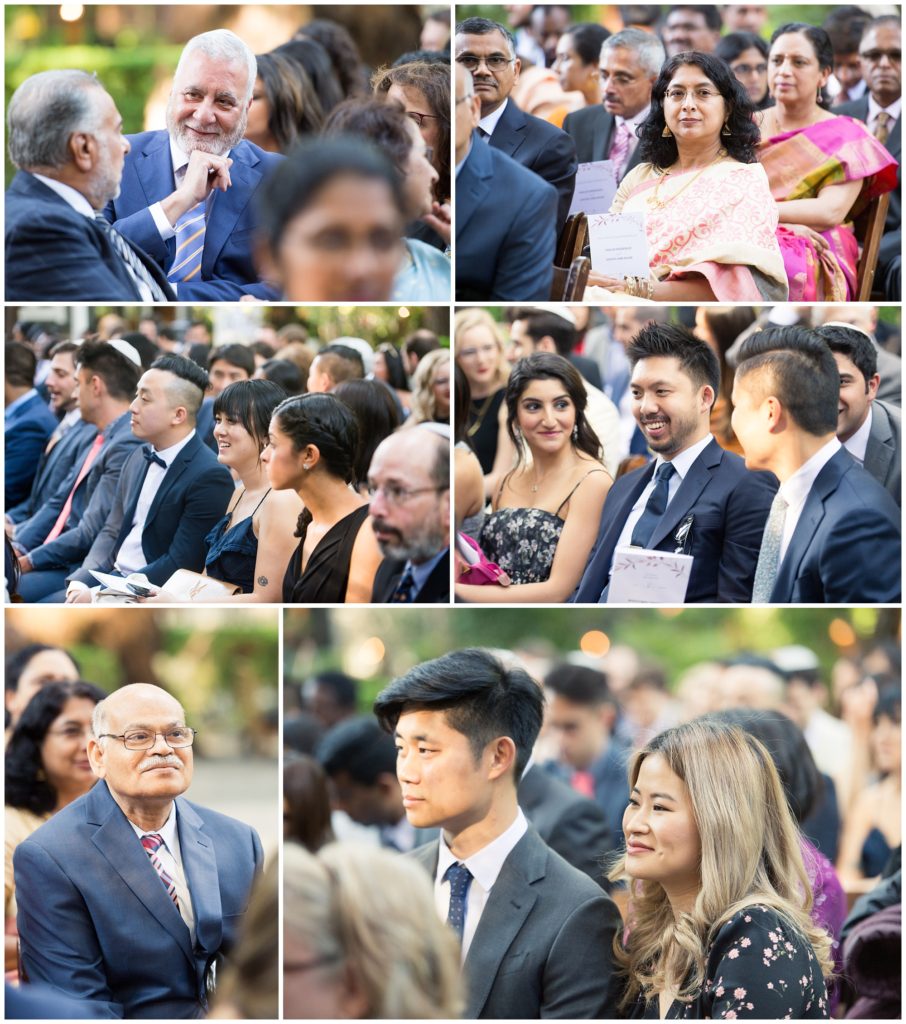



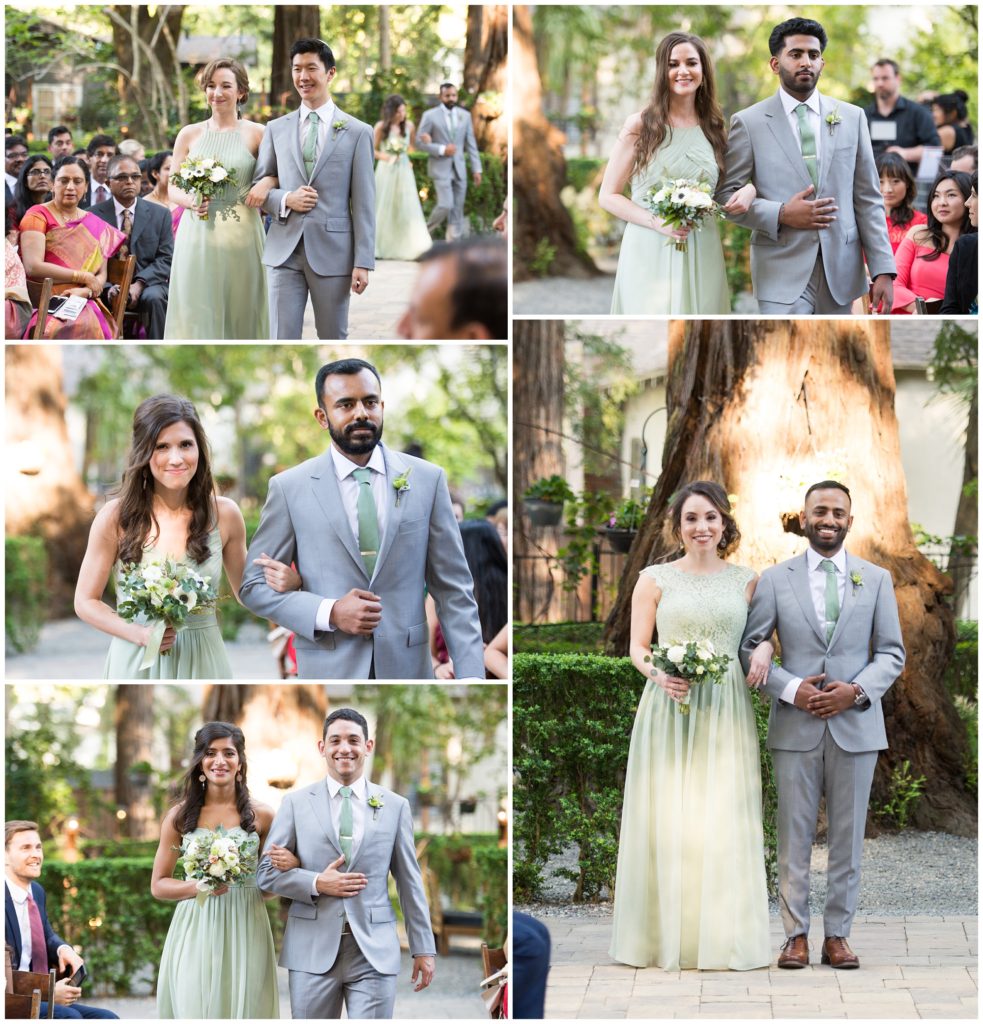





 THE SEVEN CIRCLES
THE SEVEN CIRCLESIn Jewish tradition, the bride circles the groom 7 times. In modern ceremonies, this ritual is adapted to have each person circle the other three times and then circle each other once together. This circling symbolizes the creation of a new home and the intertwining of our lives. The bride and groom’s parents stand at either end of the chuppah to show their support of this union.

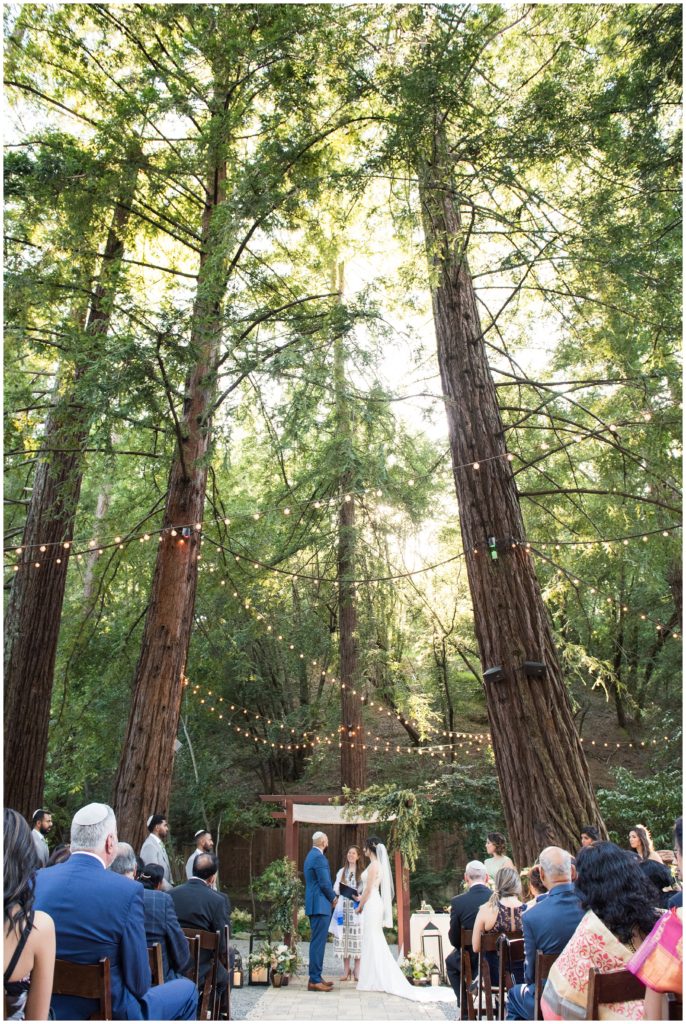 SHEHECHEYANU, BETROTHAL BLESSING & 1ST CUP OF WINE
SHEHECHEYANU, BETROTHAL BLESSING & 1ST CUP OF WINEThe Shehecheyanu is a blessing recited to celebrate all special, first-time occasions and to give thanks for these new experiences. The rabbi then chants a betrothal blessing to begin the marriage. Afterward, the couple shares the first of two cups of wine. In Judaism, wine represents joy and celebration.
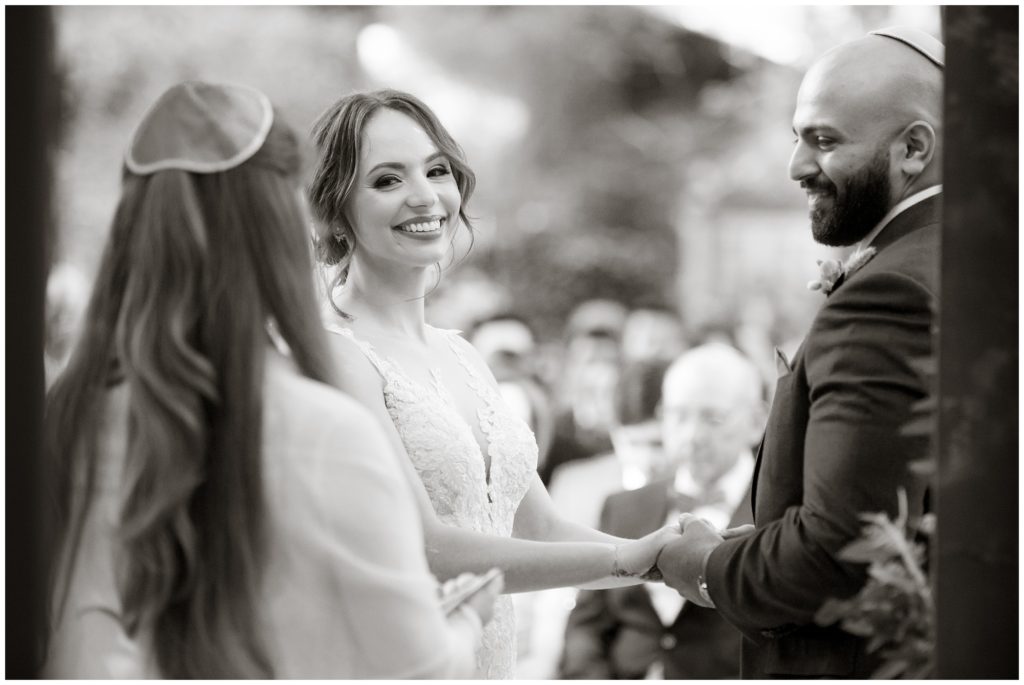
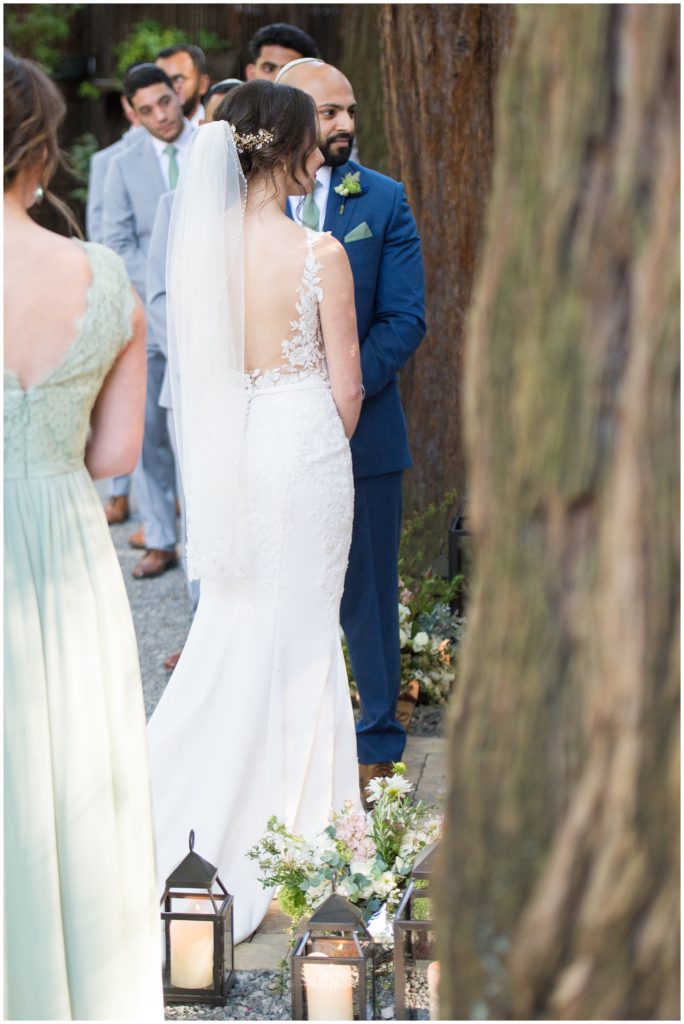
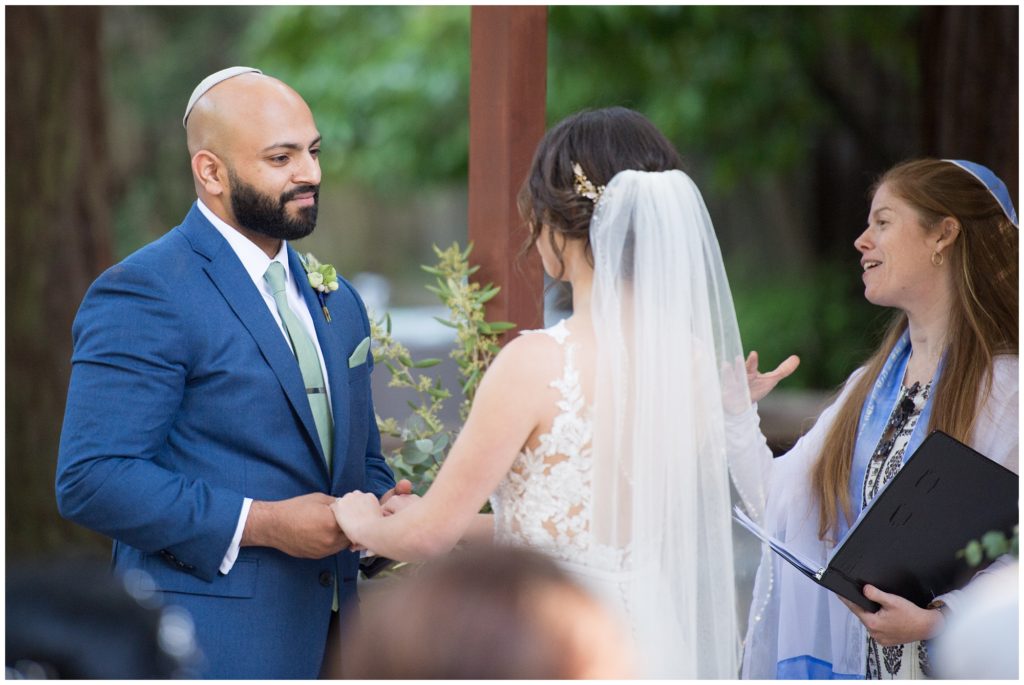


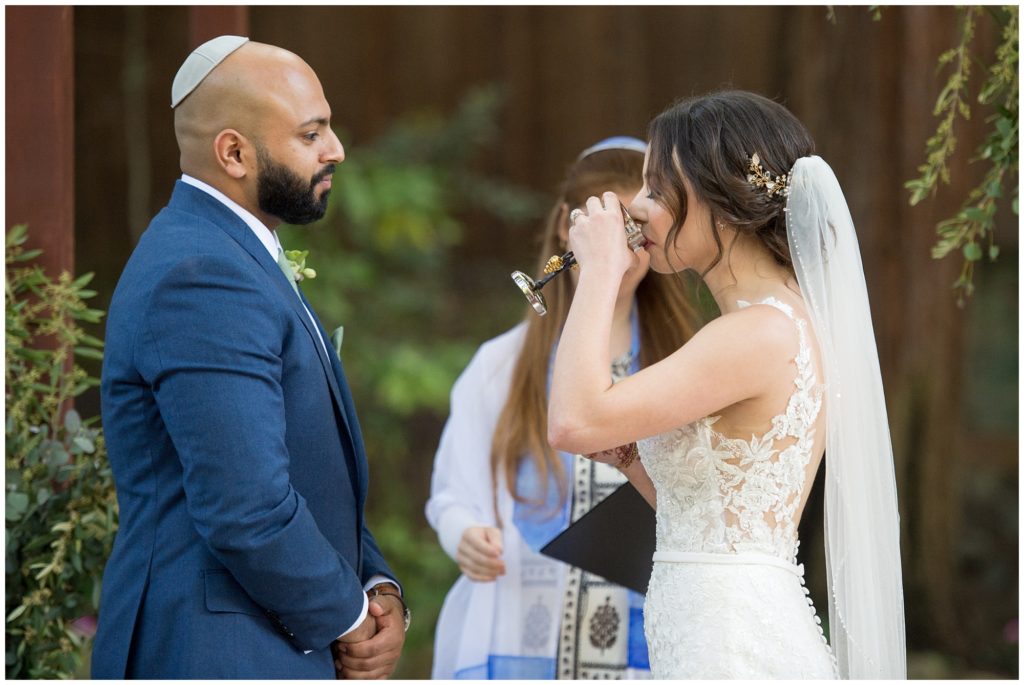


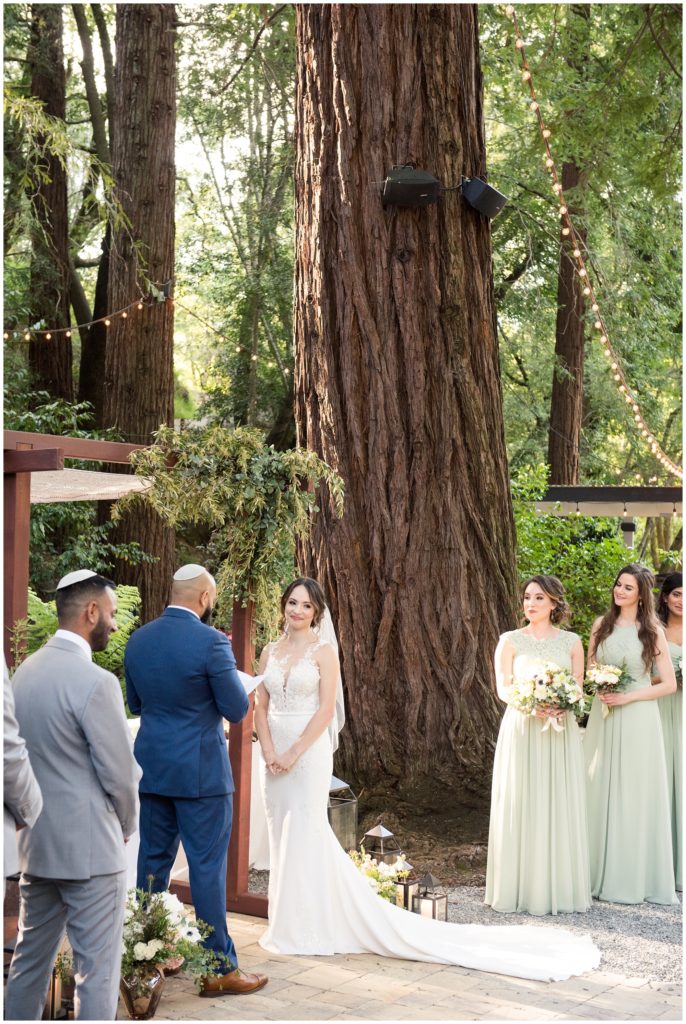

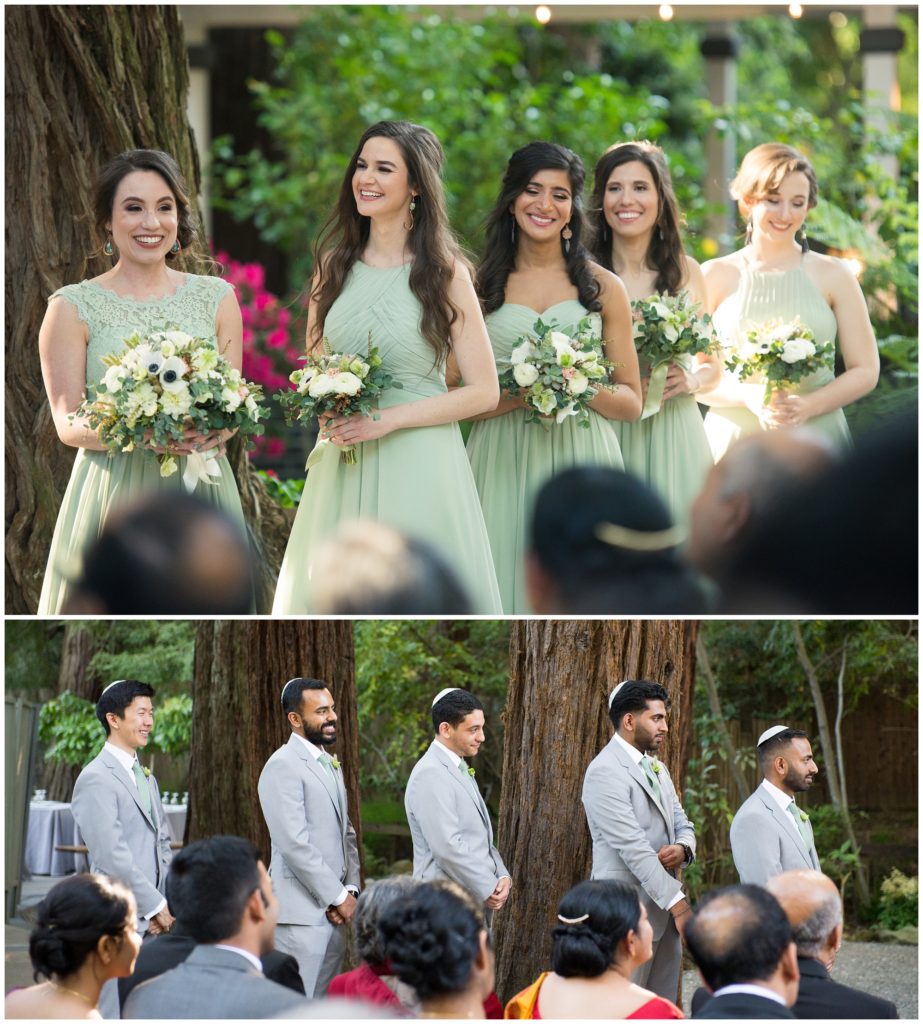 BLESSING & GIFTING OF THE MANTRAKODI AND THALI
BLESSING & GIFTING OF THE MANTRAKODI AND THALIThe gifting of the Mantrakodi (blessed cloth) to the bride by the groom is a standard marriage rite among Christians from Kerala, India. Our Mantrakodi is the shawl from the lehenga, 3-piece Indian outfit, that Anand’s parents have gifted to Sarah. The groom also adorns the bride’s neck with a thali which are 7 intertwined threads taken out of the Mantrakodi and serves as a symbol of their new union. The priest will be coming up to bless these two items and say a few words.
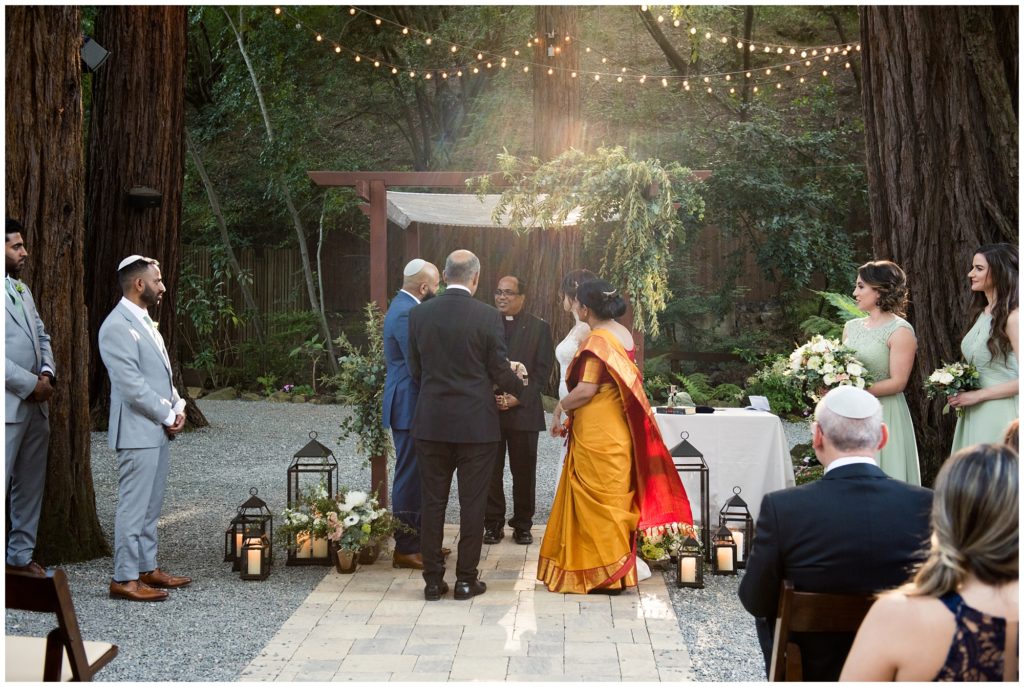
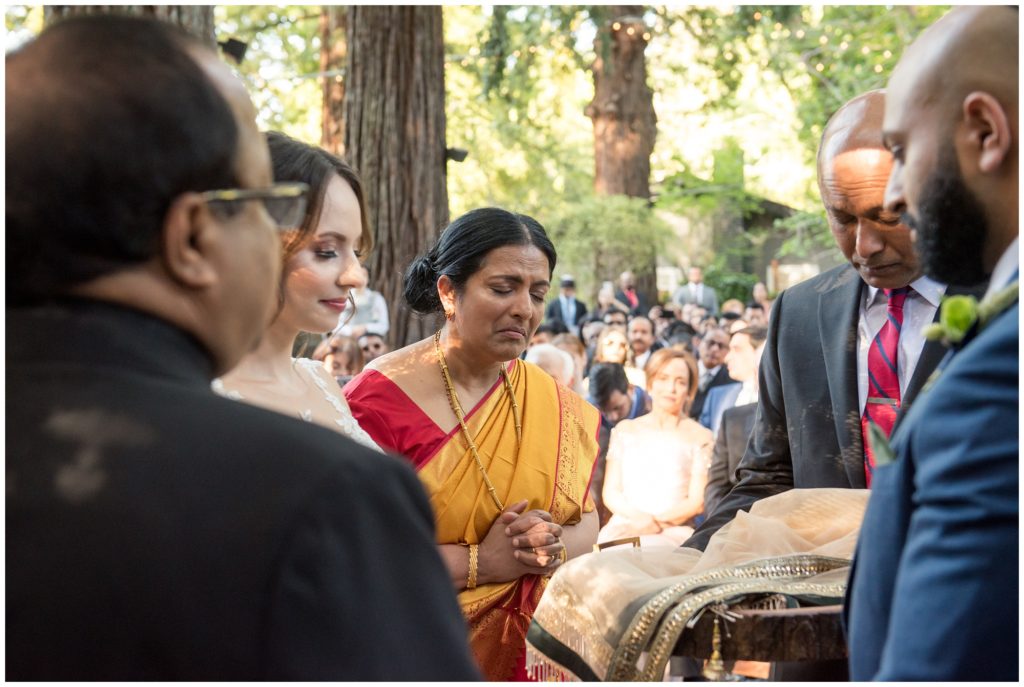
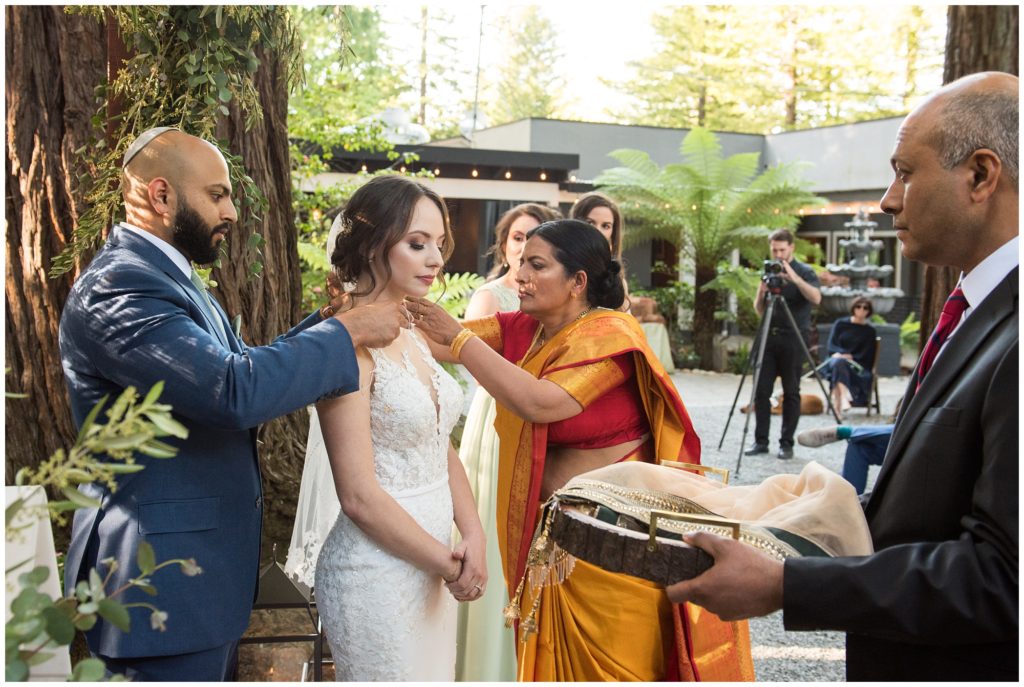

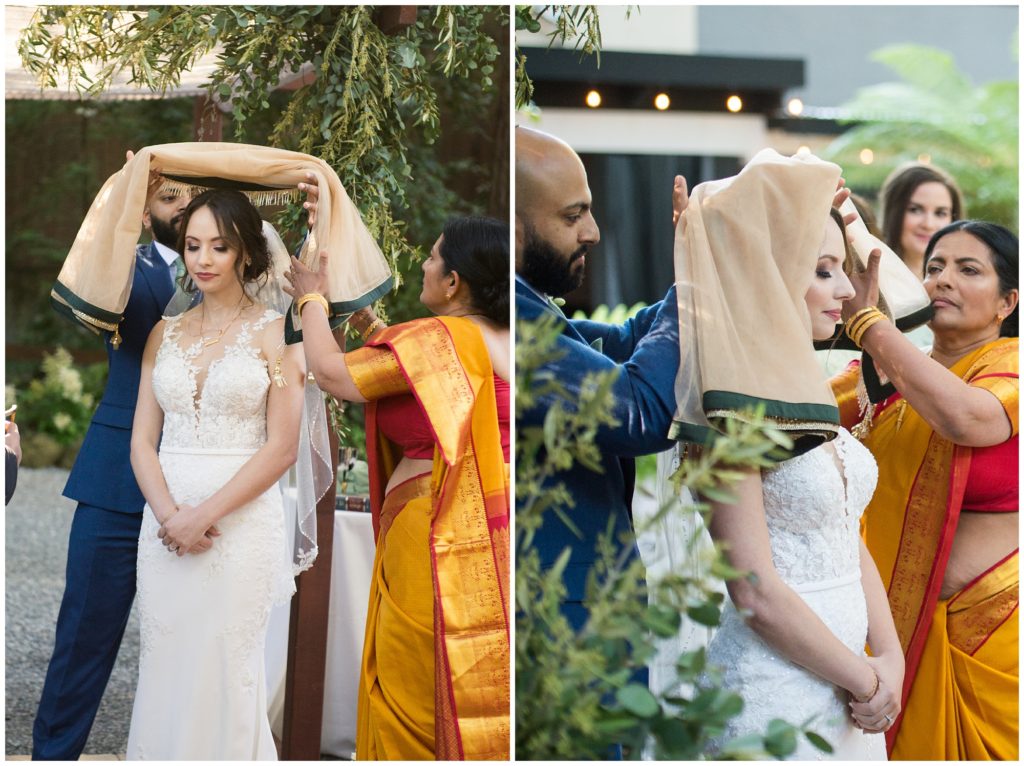

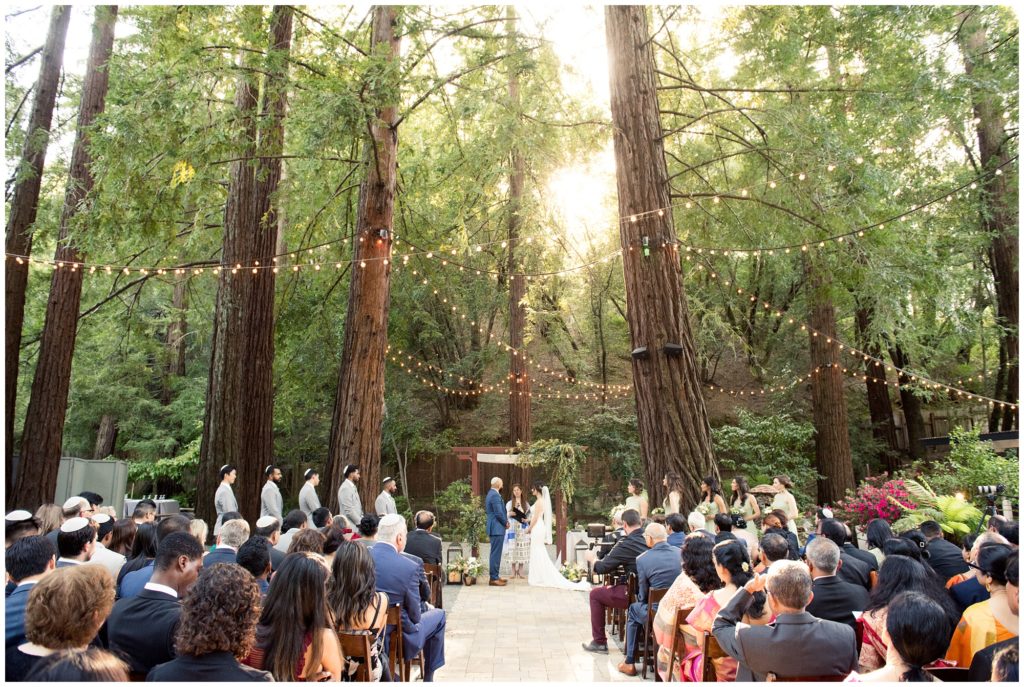

SHEVA BRACHOT – THE SEVEN BLESSINGS
The chanting of the seven blessings in Hebrew is the most ancient of the Jewish wedding traditions and the heart of the ceremony. Taken from pages of the Talmud, the blessings symbolize the seven days of creation. They express joy both in ancient and modern times, pray for peace, and project happiness and good luck upon the new couple. In addition to the traditional Hebrew, we have asked a few honored guests to share some of their own blessings for us.

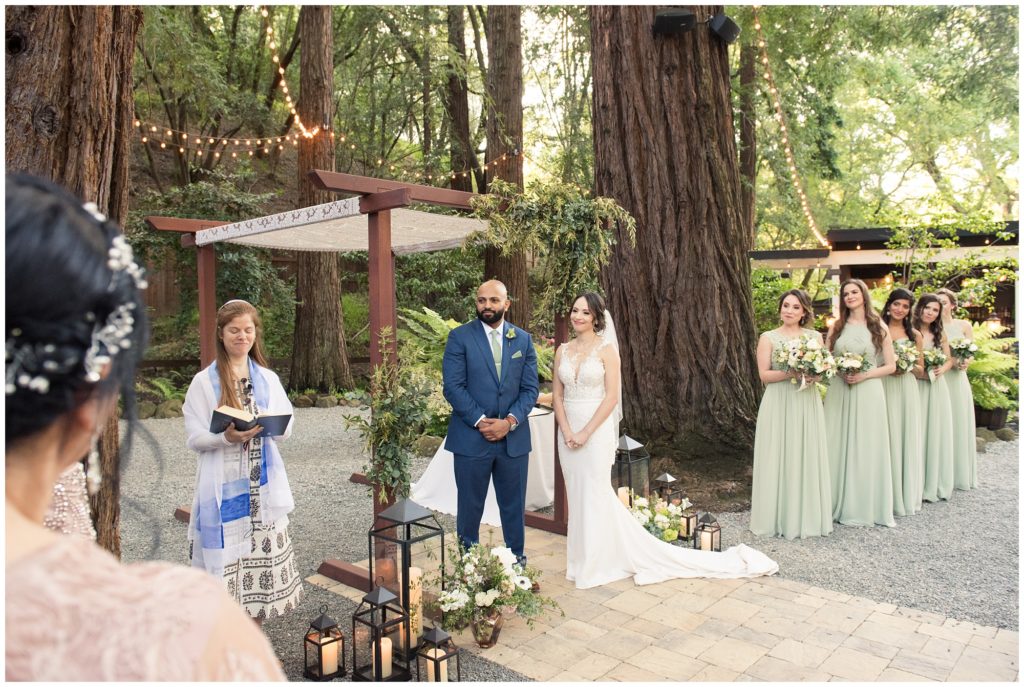
 BREAKING OF THE GLASS & CONGRATULATIONS
BREAKING OF THE GLASS & CONGRATULATIONSStomping on the glass is a time-honored Jewish tradition with many interpretations. We are both breaking the glass together as a reminder that the challenges and successes of life are best navigated together. For us, it further symbolizes the breaking down of barriers between people of different cultures and faiths. After the kiss, we invite everyone to cheer, “Mazel Tov” (mah-zul tōv) which means “congratulations and good luck” in Hebrew.

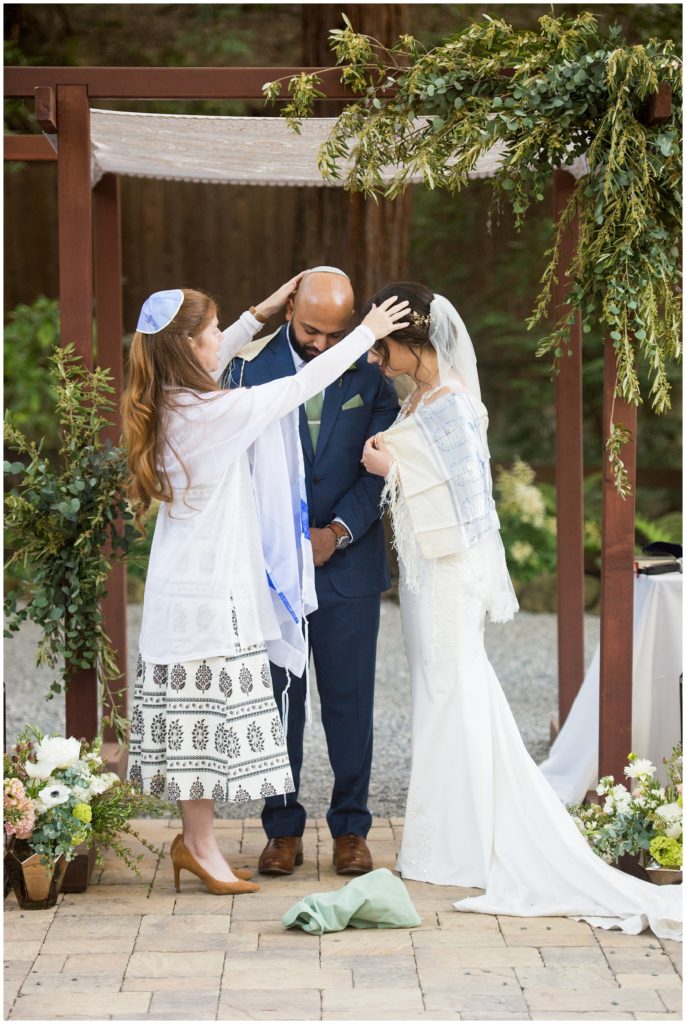
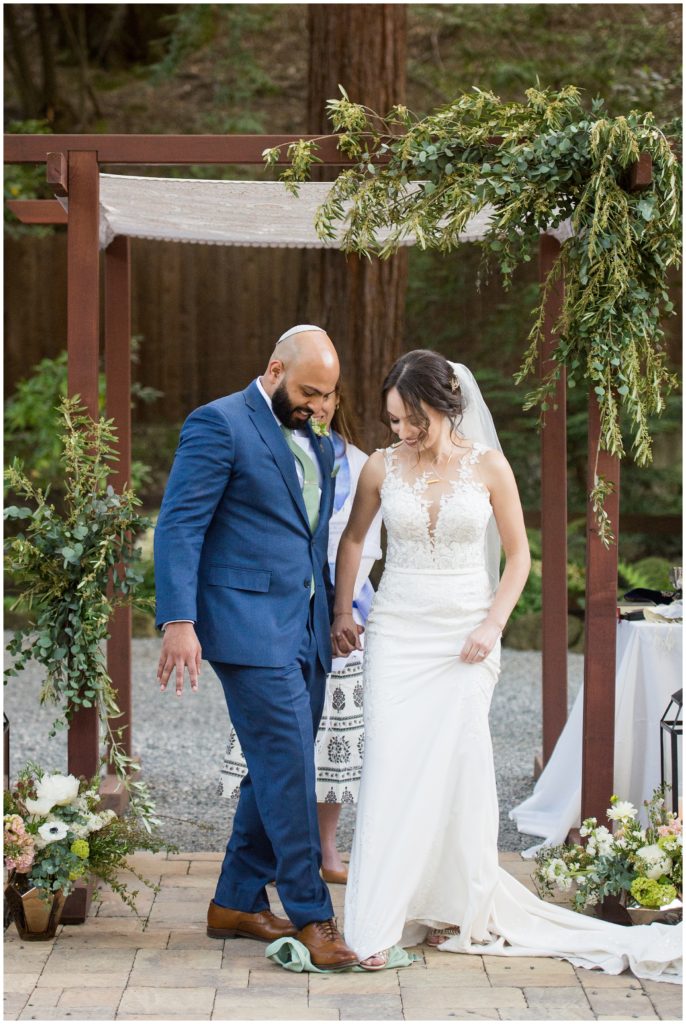
 Mazel Tov!!!
Mazel Tov!!!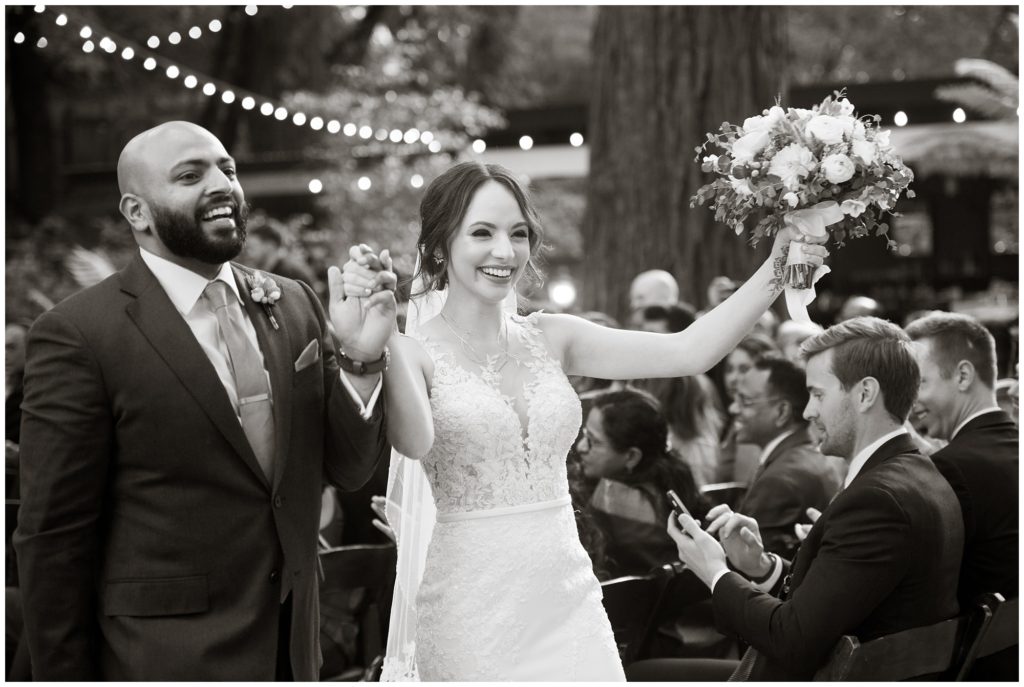
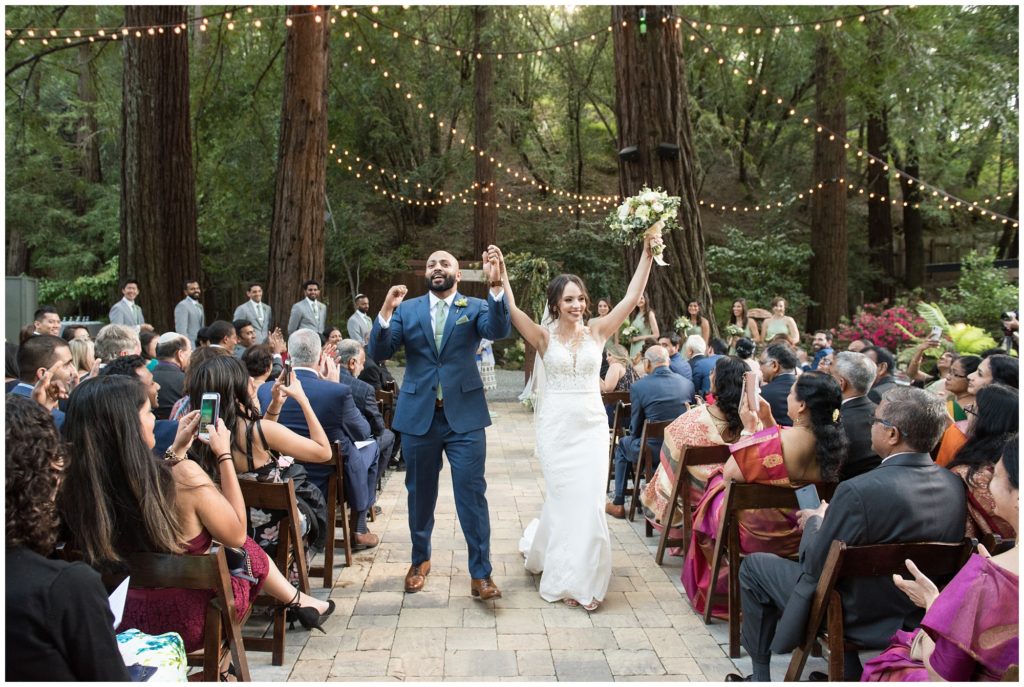

 The wedding party joyously danced up the aisle!
The wedding party joyously danced up the aisle!
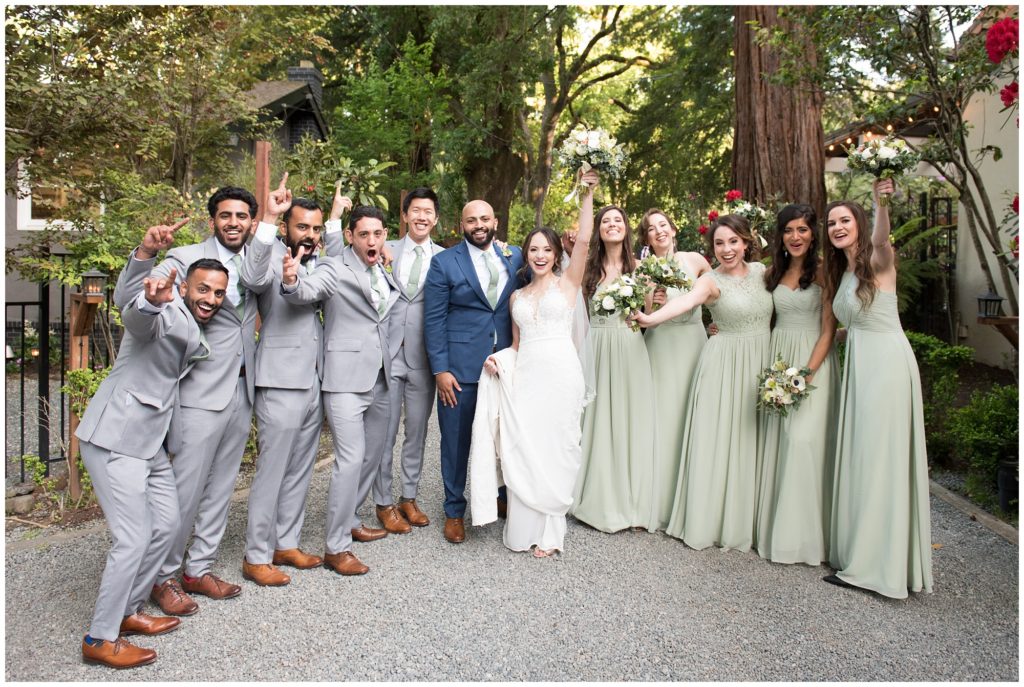



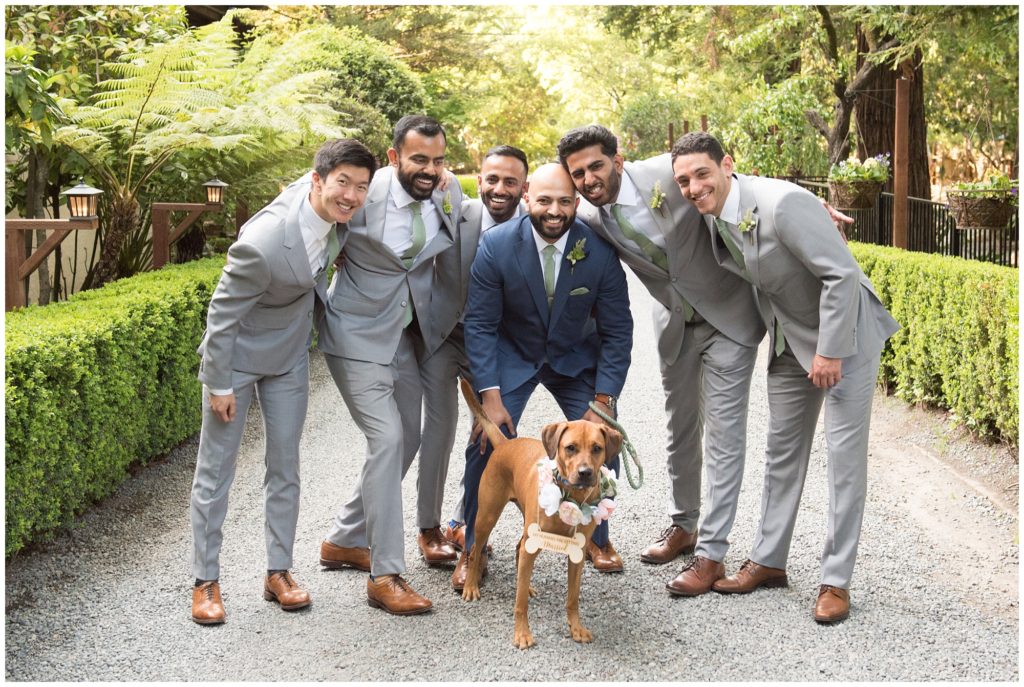

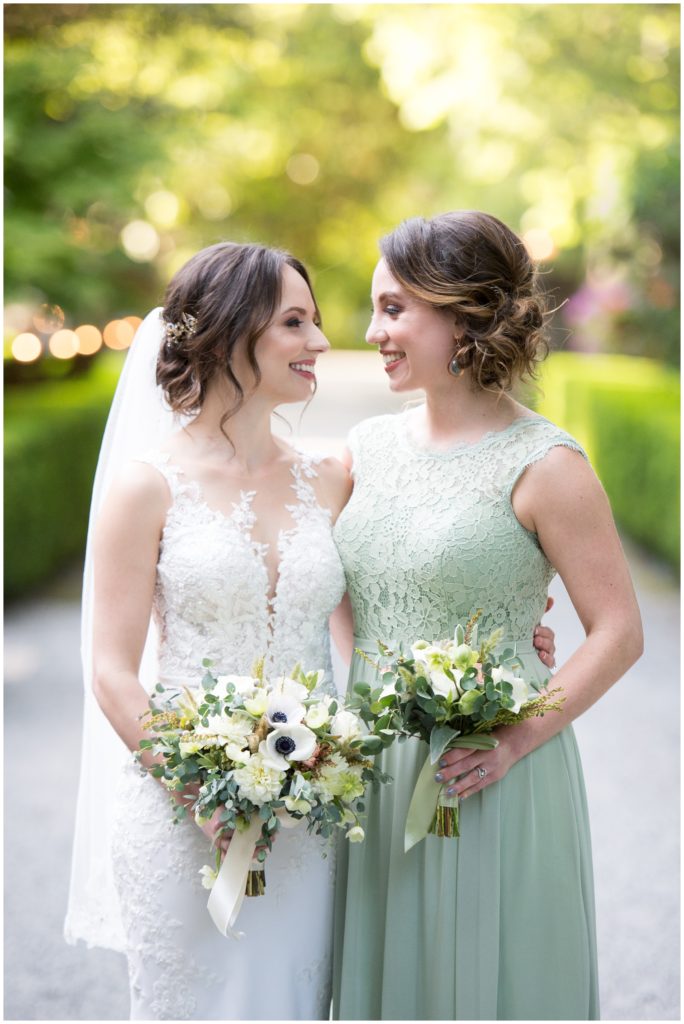

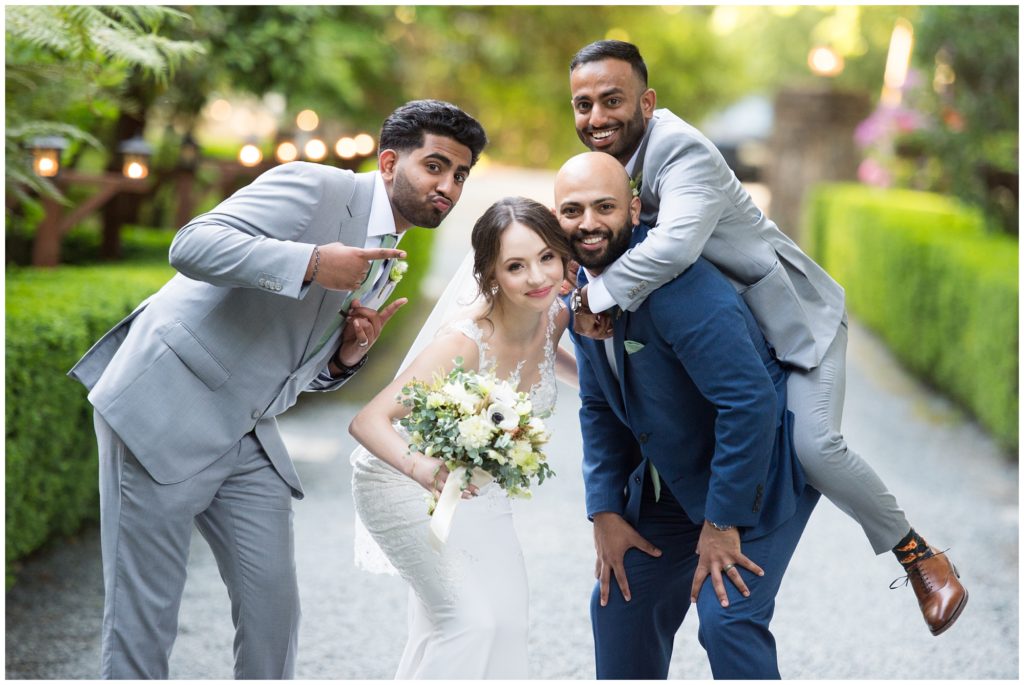

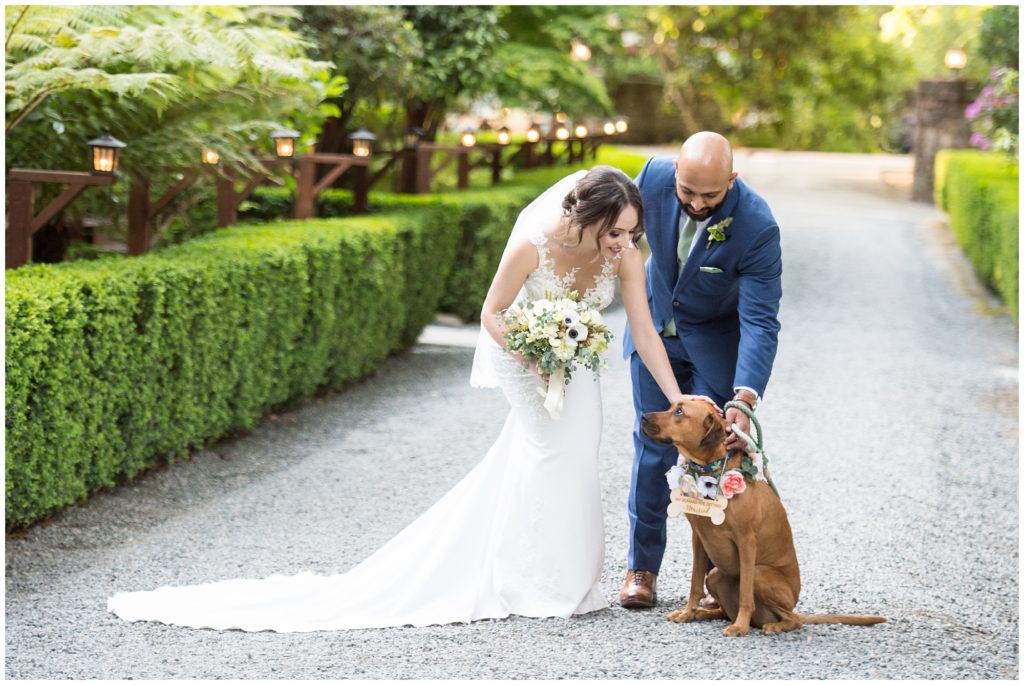




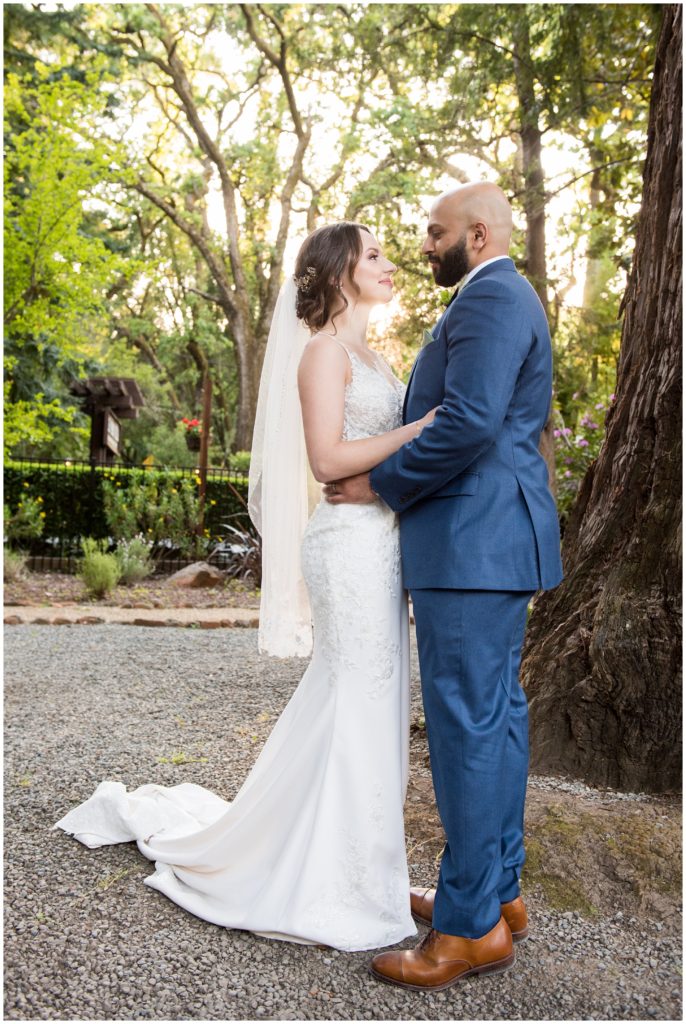

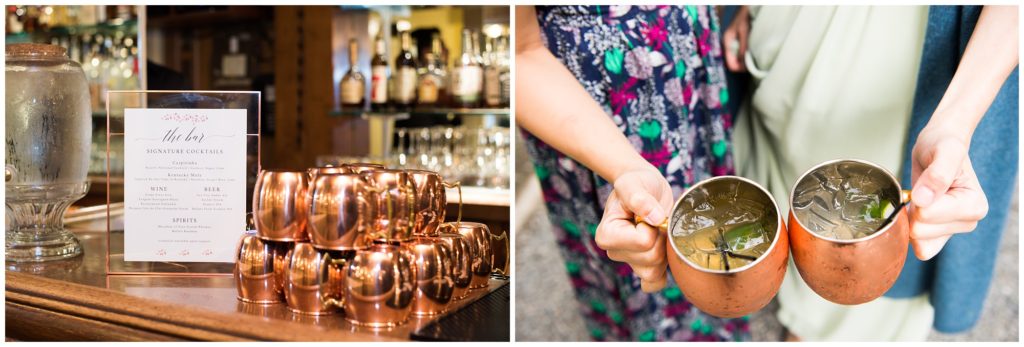



 How gorgeous is this dinner set up?! A beautiful night under the twinkly lights to dine on delicious food and celebrate the newlyweds!
How gorgeous is this dinner set up?! A beautiful night under the twinkly lights to dine on delicious food and celebrate the newlyweds!


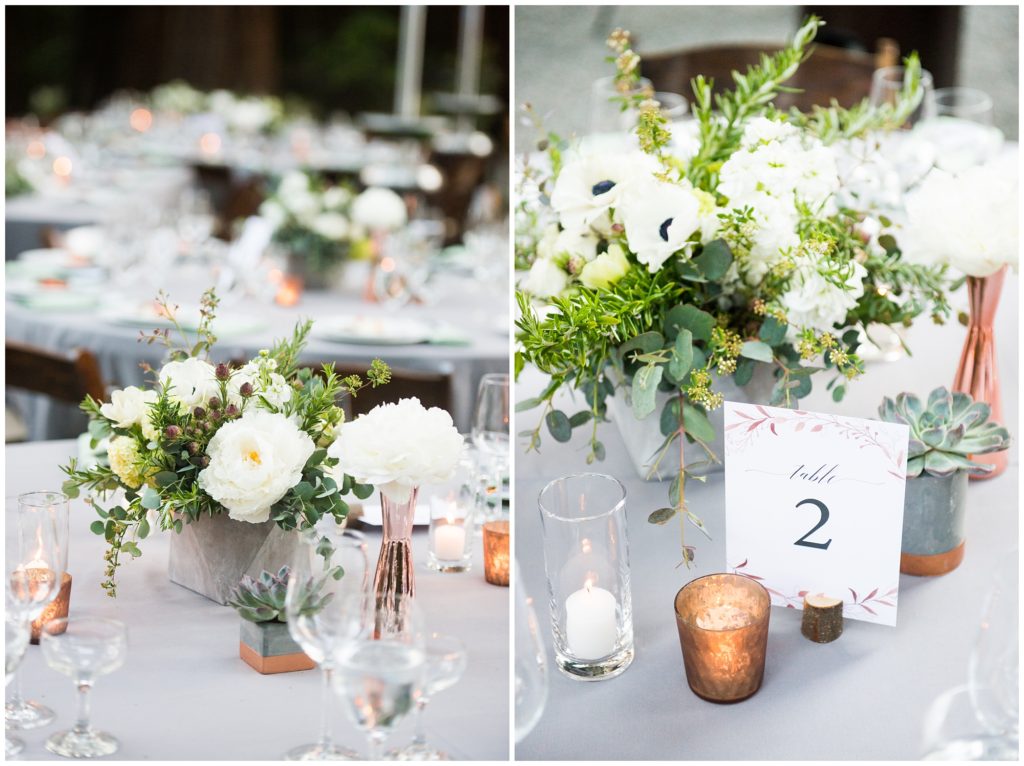
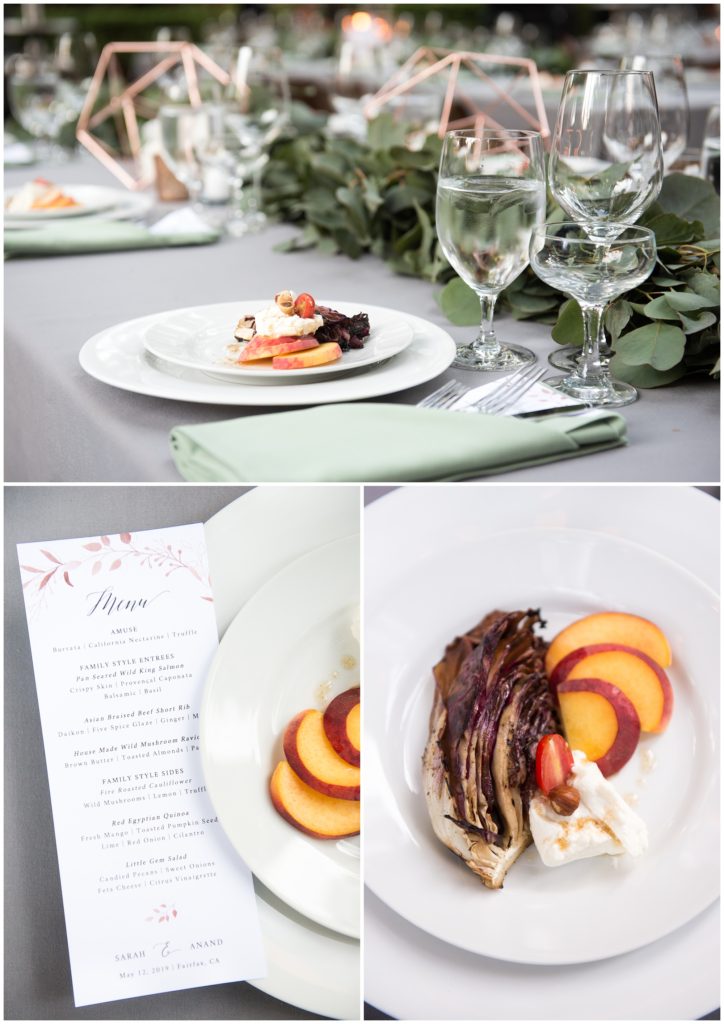
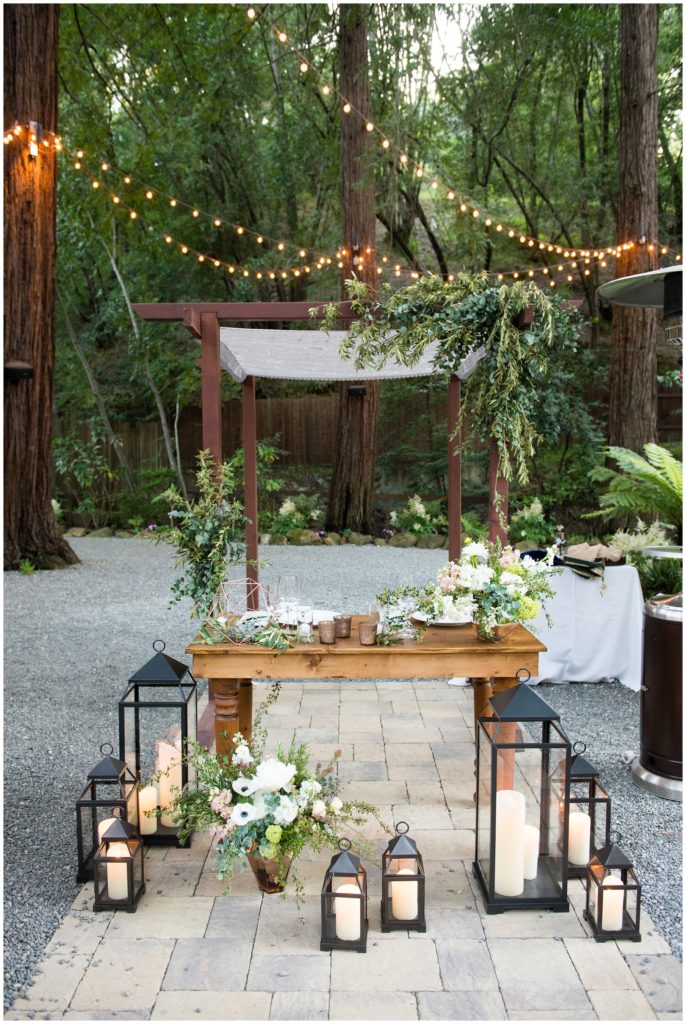

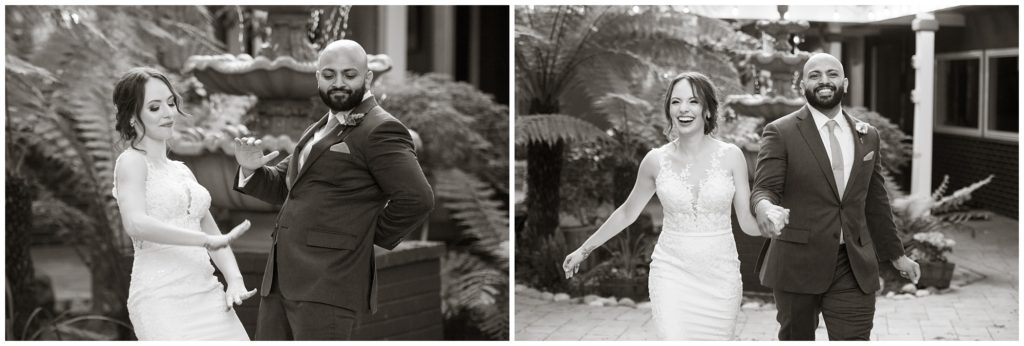

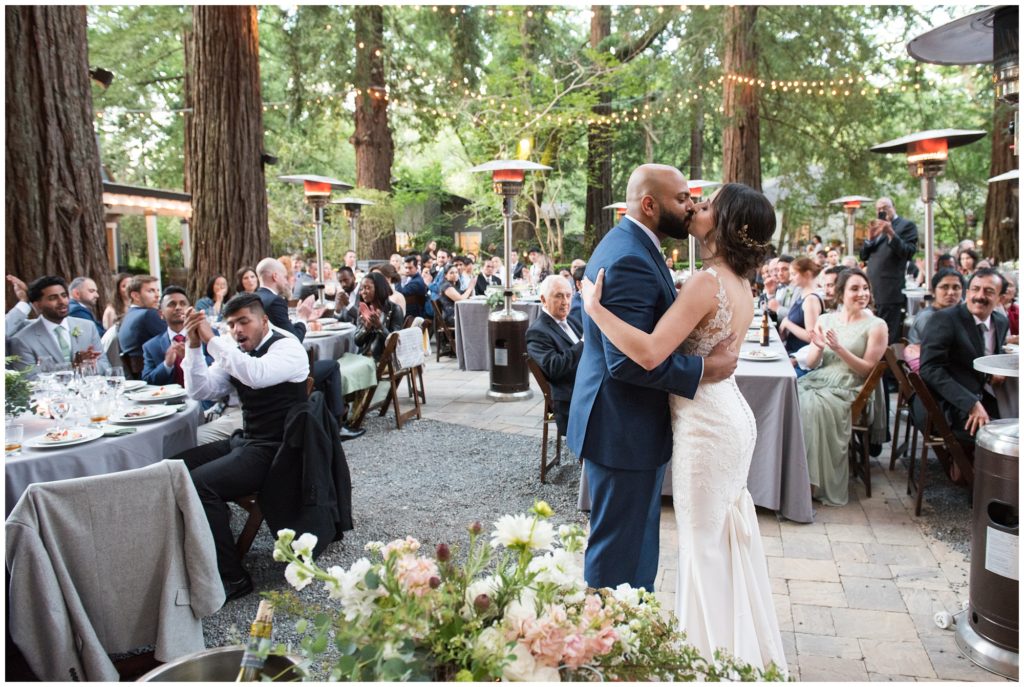

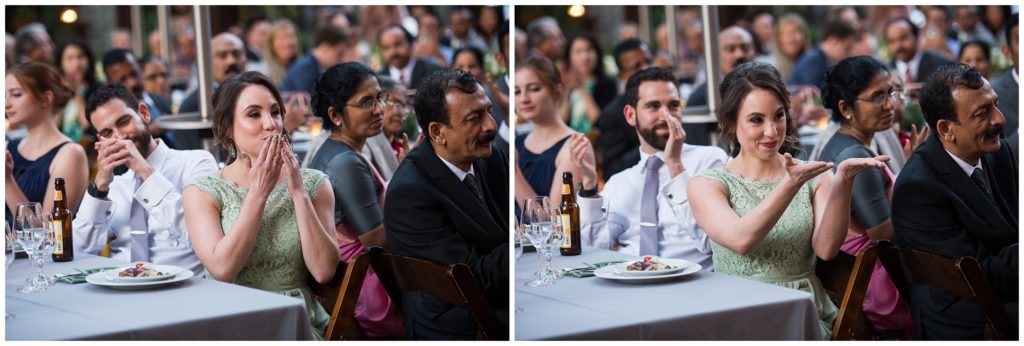


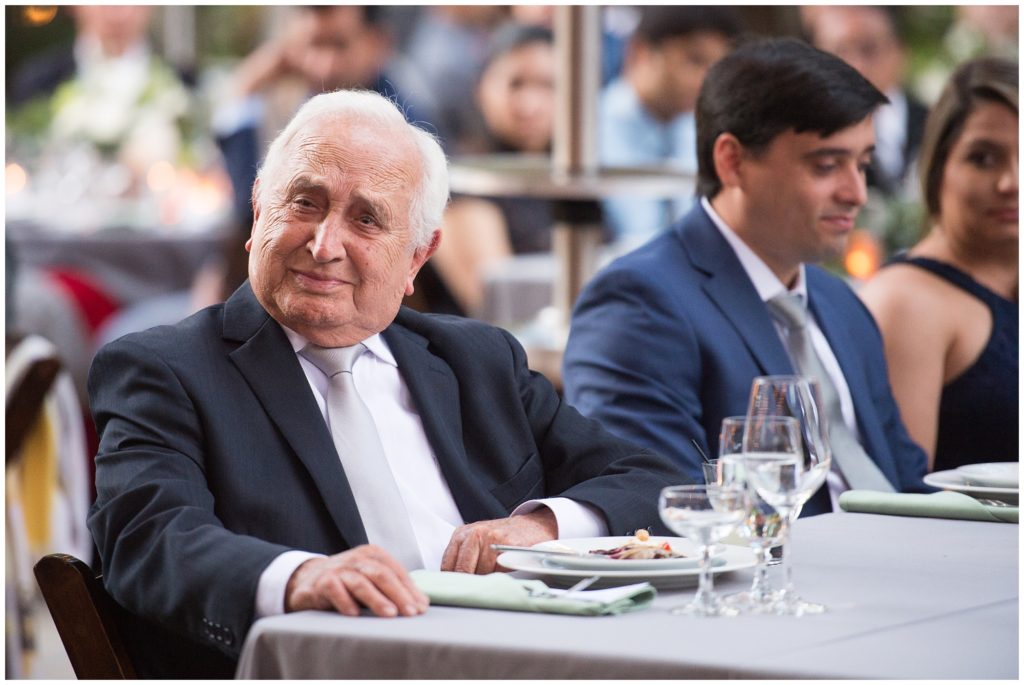
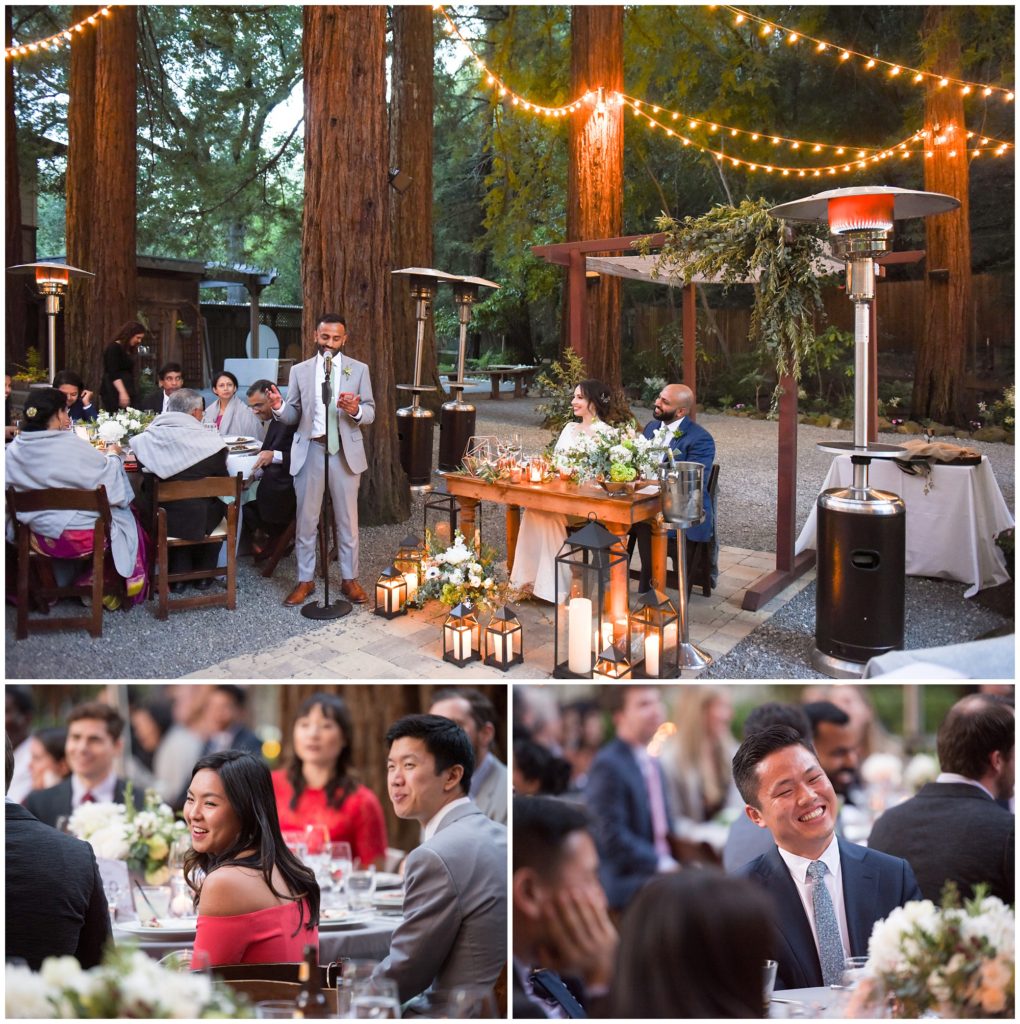

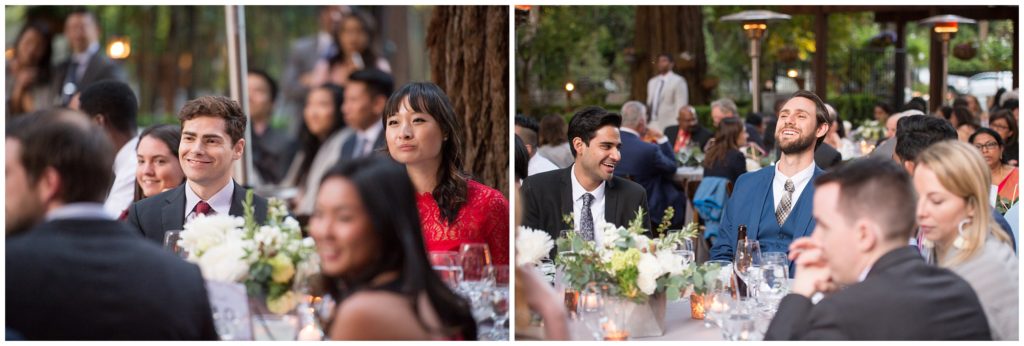

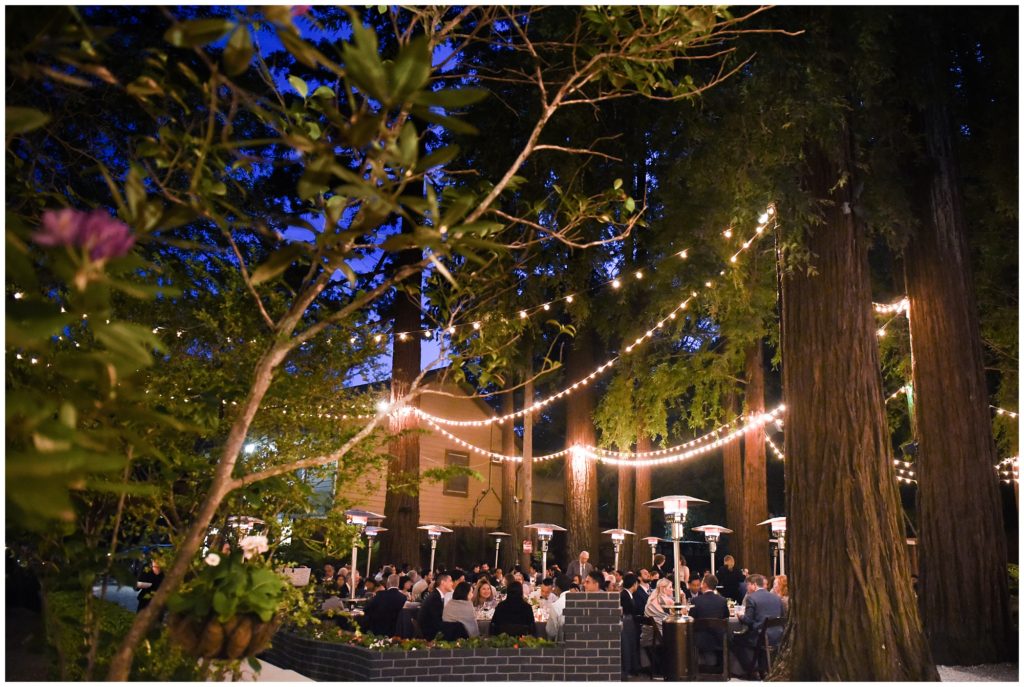
 Dinner was over and it was time to get the party started! Sarah and Andand switched gears with their clothing too and changed into traditional Indian wedding outfits. These magnificent outfits are from Evotique World in Fremont, California.
Dinner was over and it was time to get the party started! Sarah and Andand switched gears with their clothing too and changed into traditional Indian wedding outfits. These magnificent outfits are from Evotique World in Fremont, California.
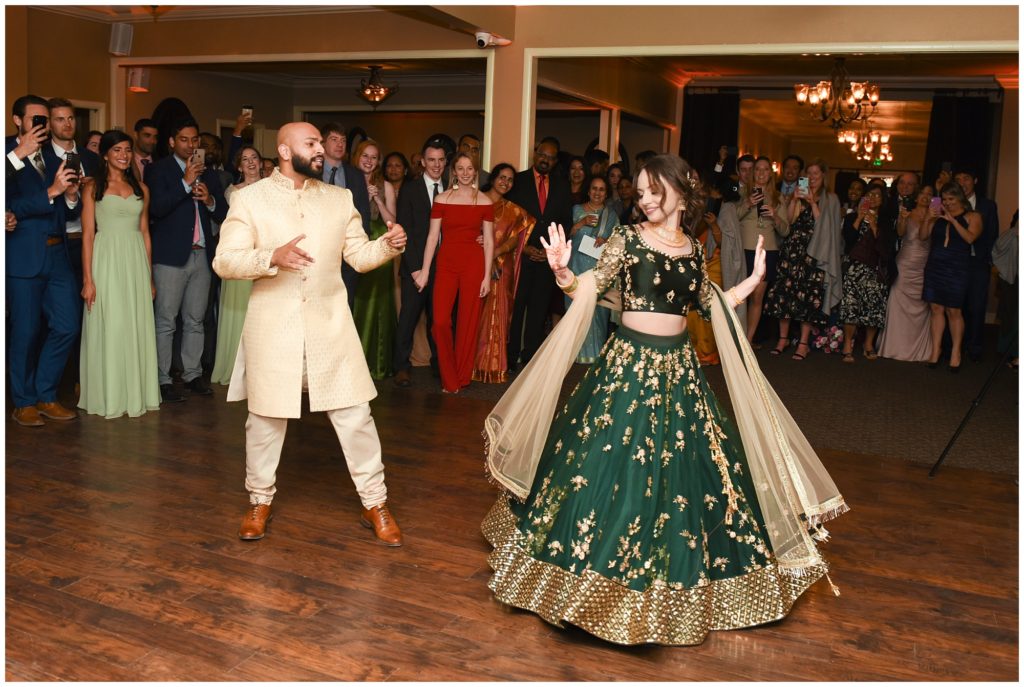

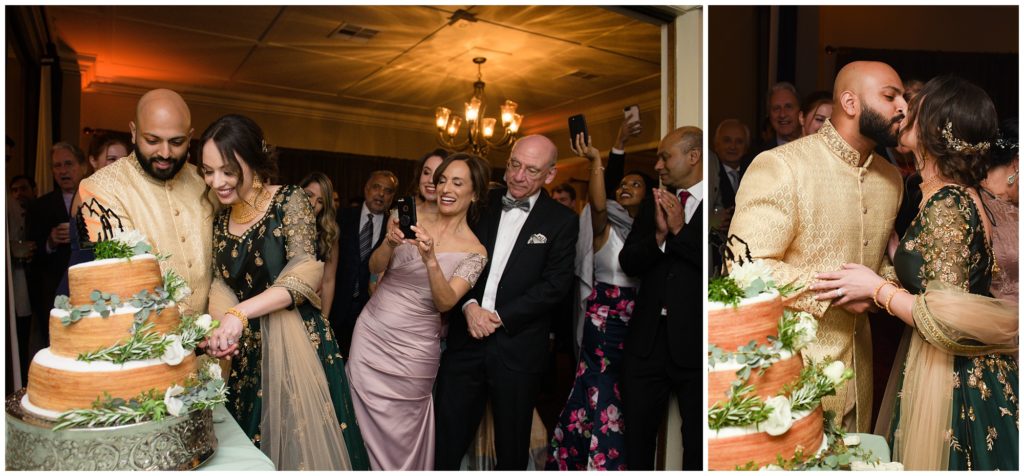 Sarah and Anand’s wedding cake was a Bolo de Rolo (guava roll cake). This kind of cake is popular in the northeast region of Brazil, where Sarah’s family is from.
Sarah and Anand’s wedding cake was a Bolo de Rolo (guava roll cake). This kind of cake is popular in the northeast region of Brazil, where Sarah’s family is from.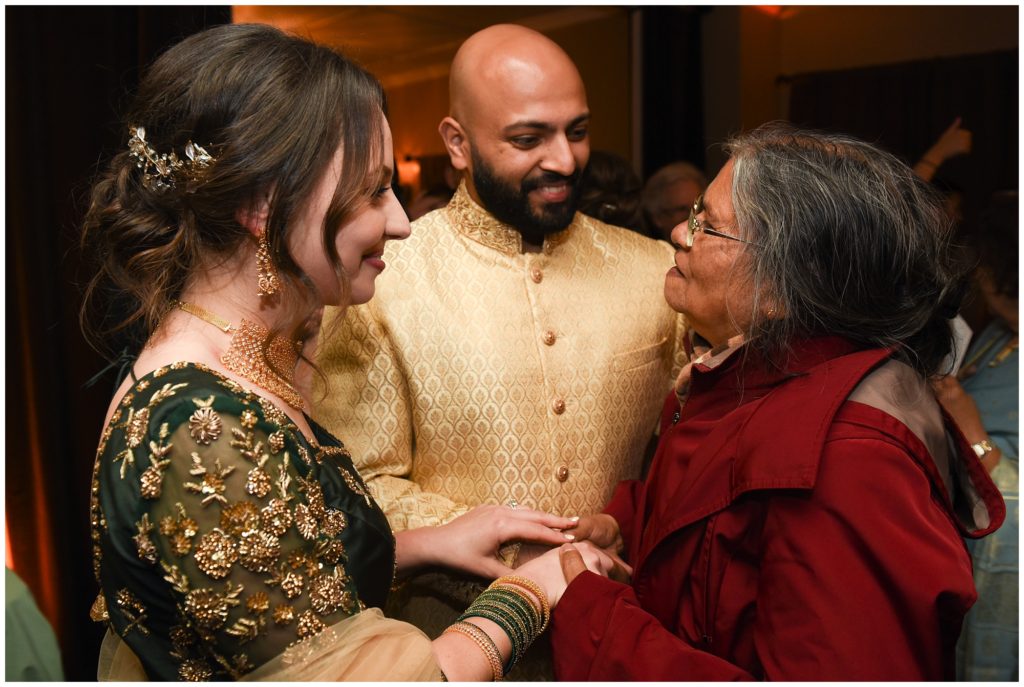
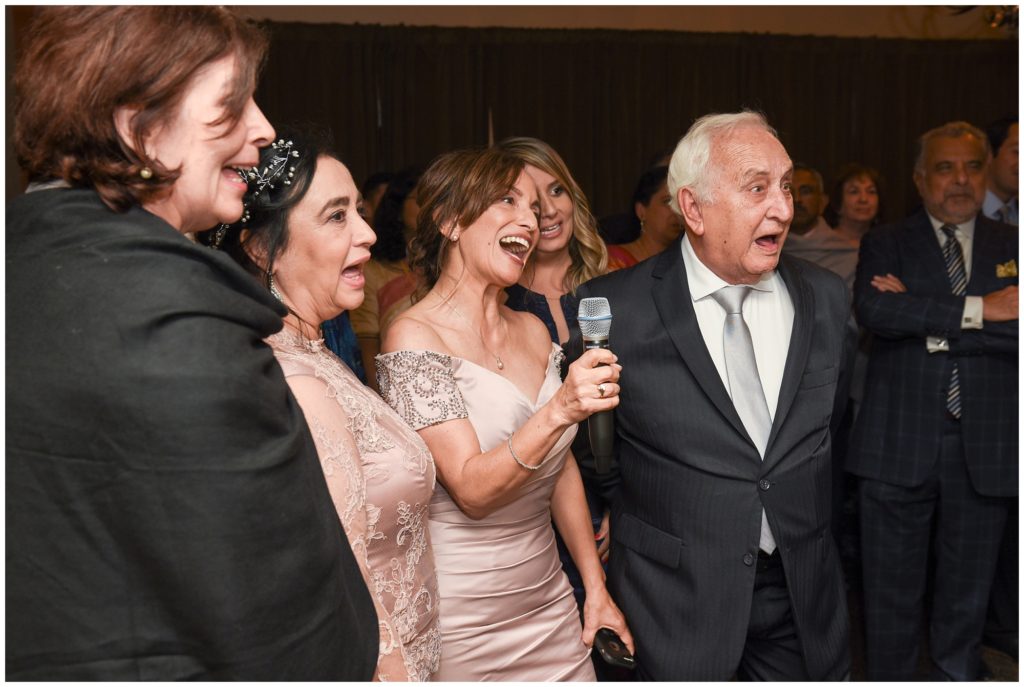
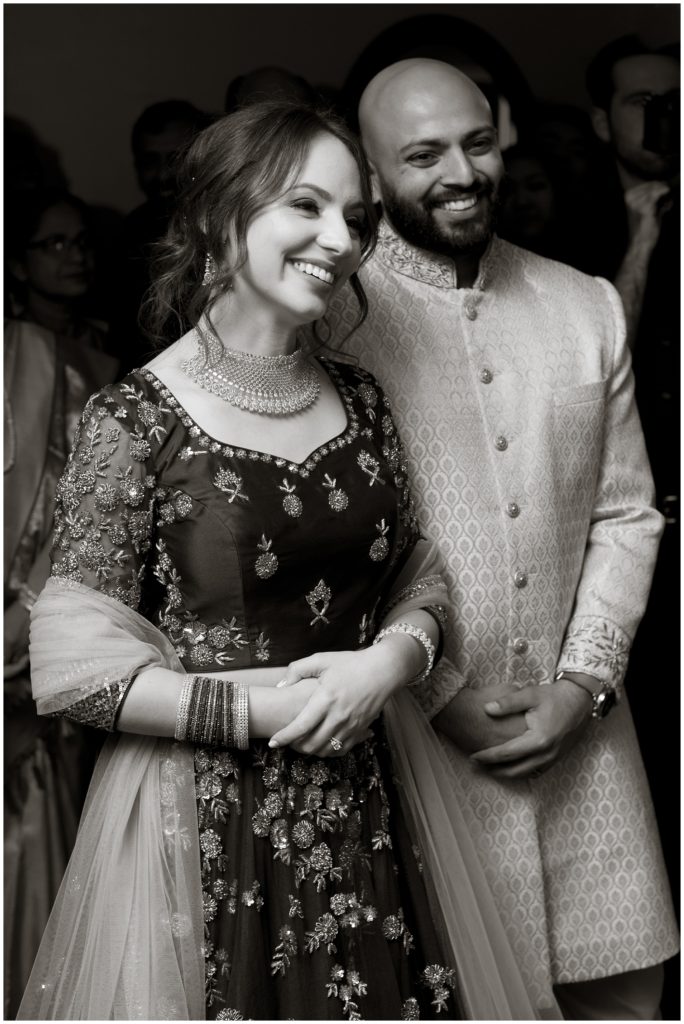


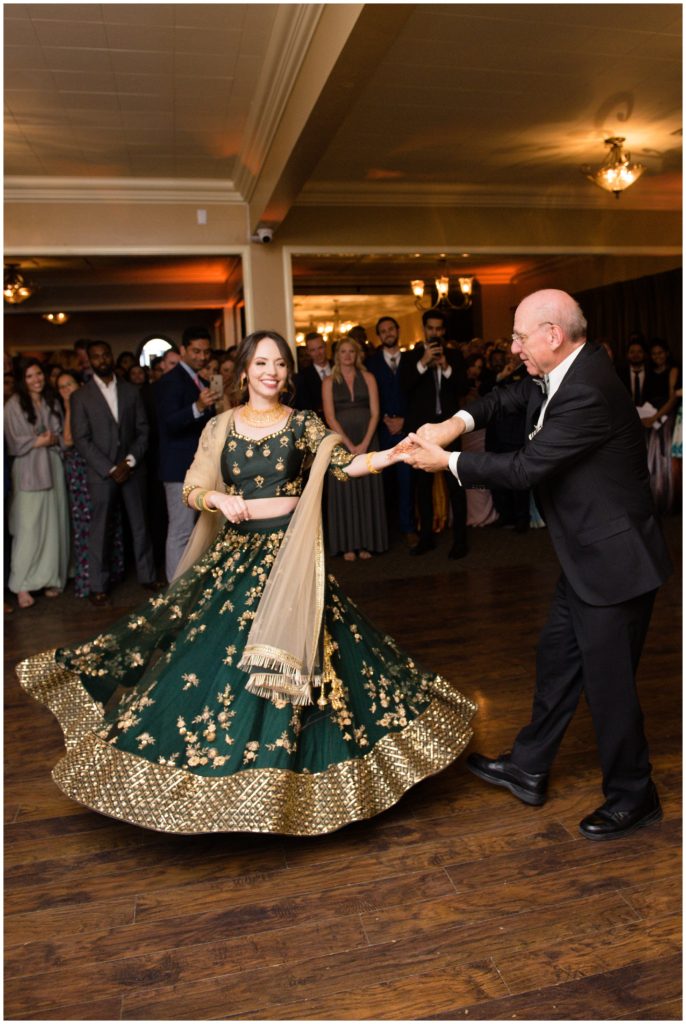
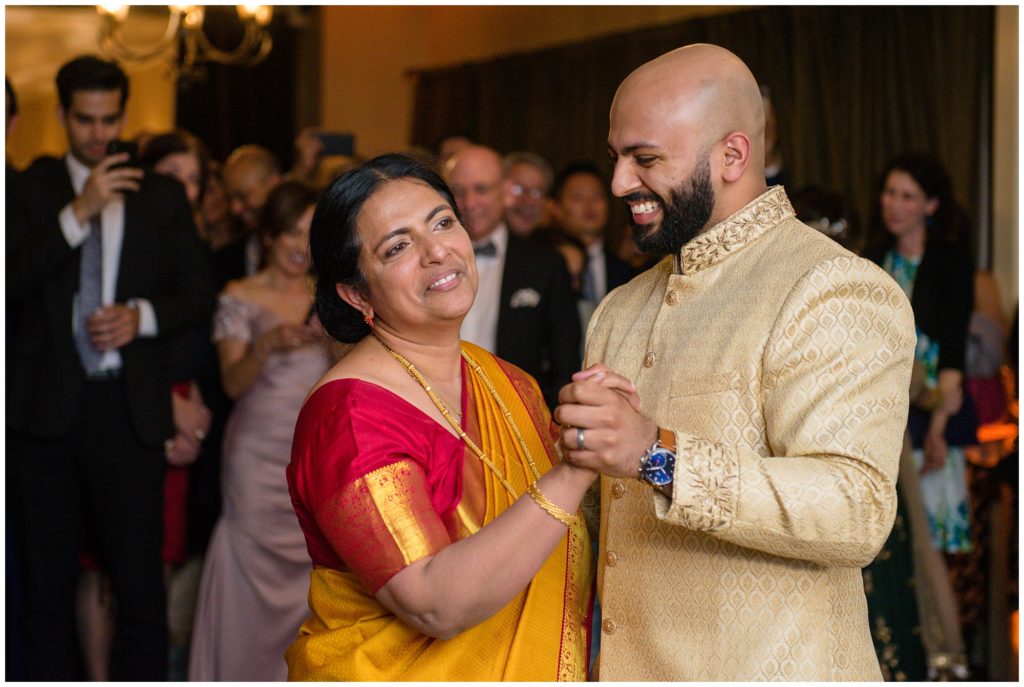

 THE HORA:
THE HORA:A Jewish wedding is not complete without the hora! During the reception, guests will join hands and dance in a joyous circle around the couple as the song, Hava Nagila, plays. Then, the couple is hoisted up onto chairs by some strong, brave guests.
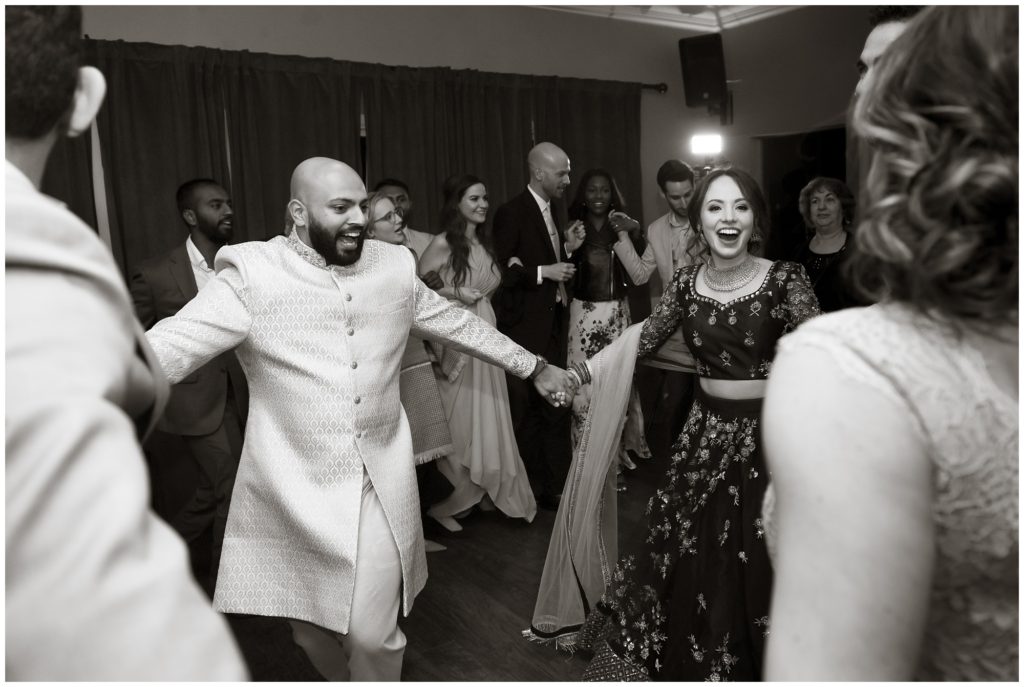




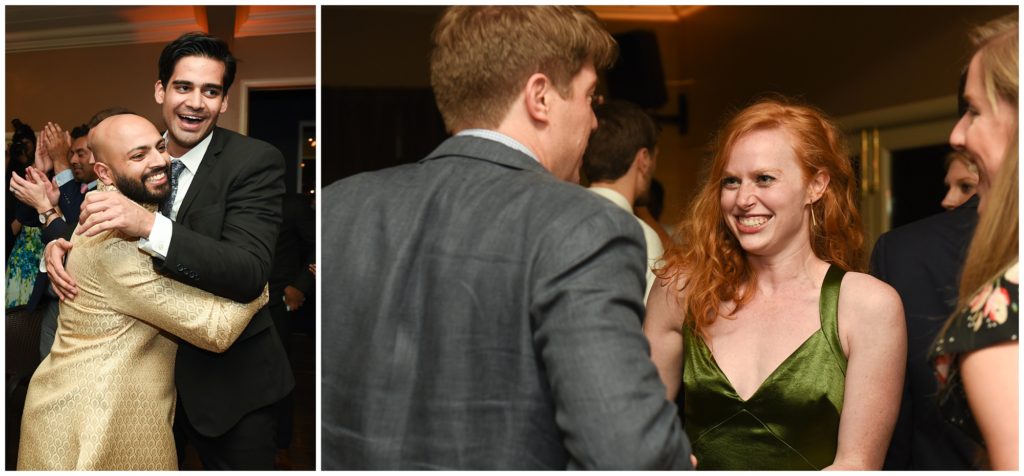
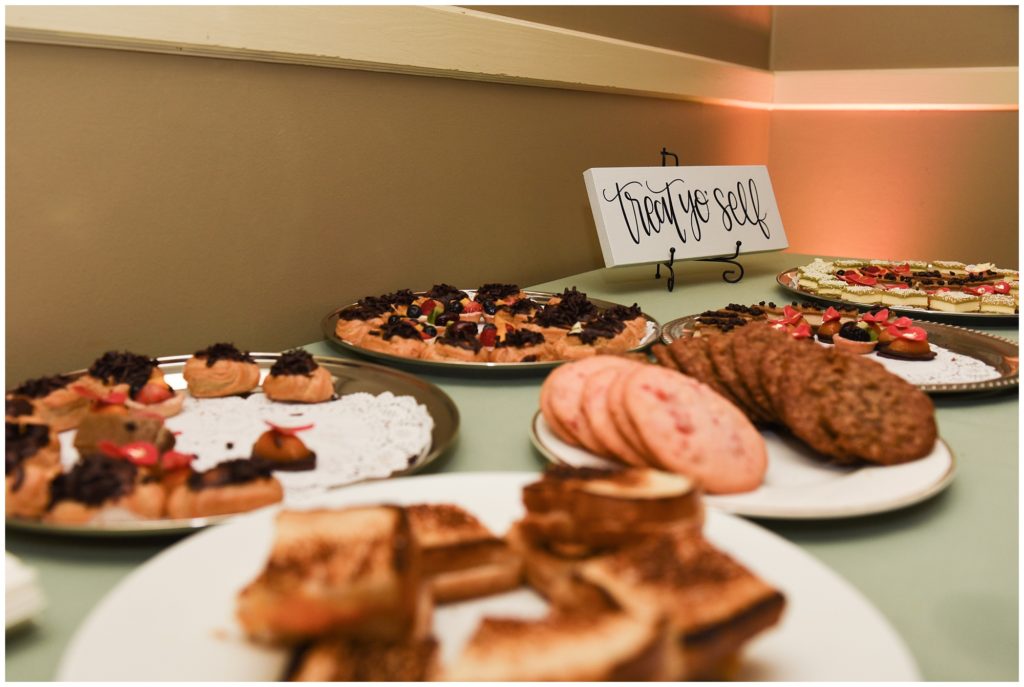

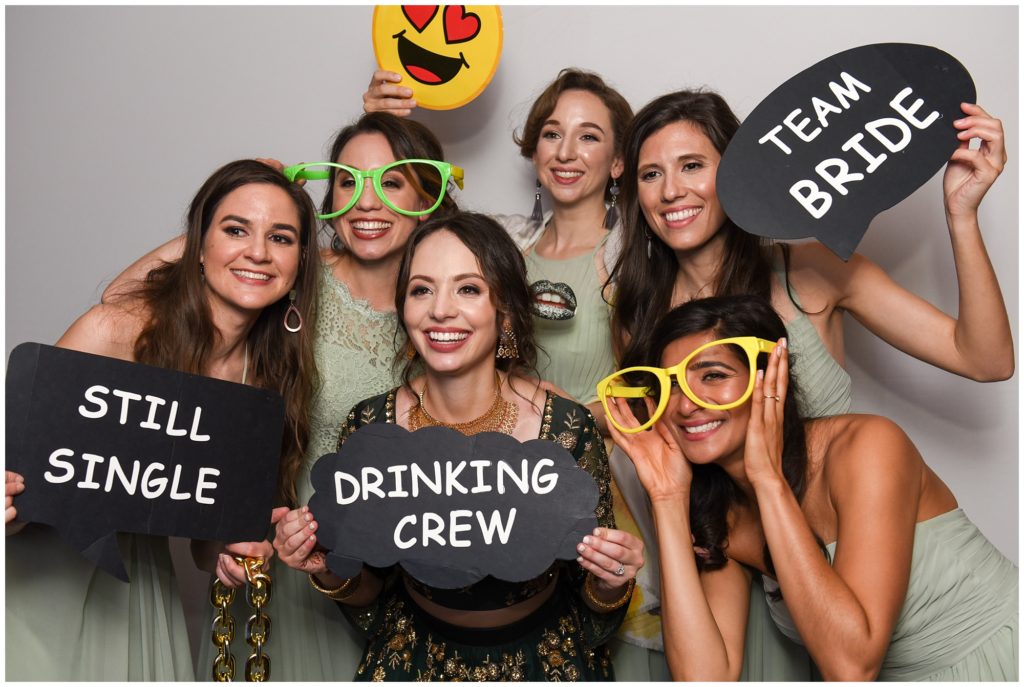

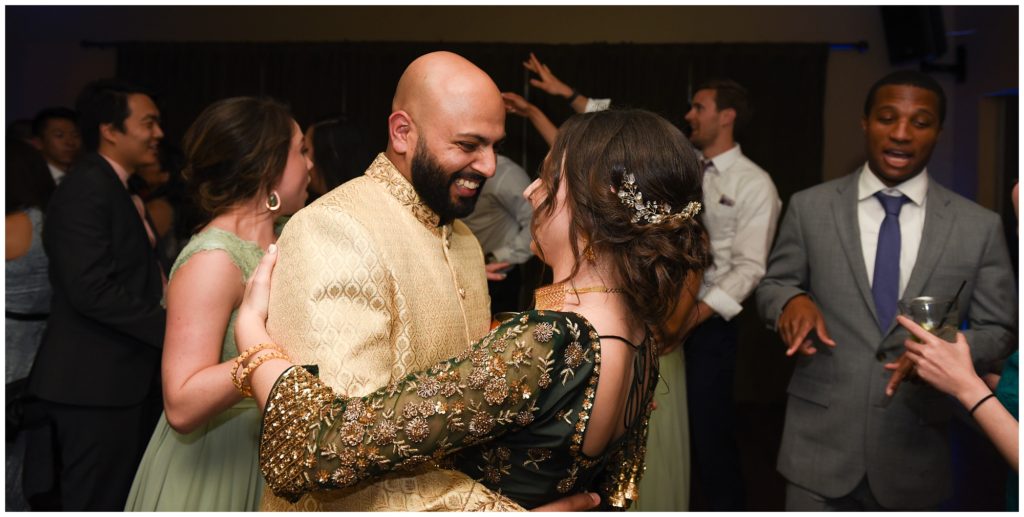


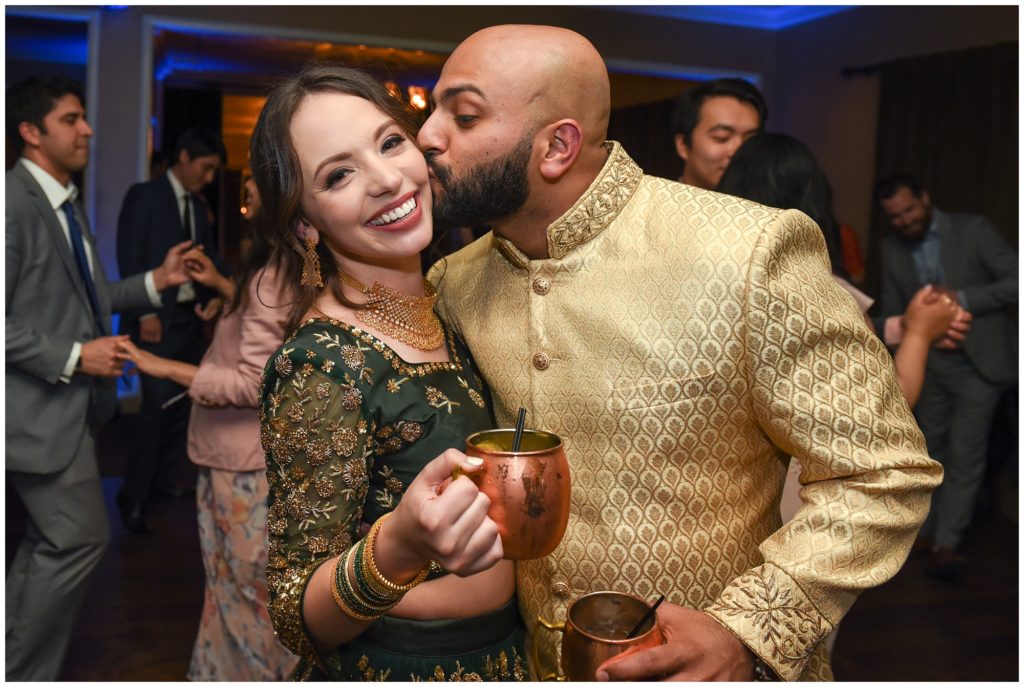

Event Planner: Becca Bloom
*
Day of Coordinator: Jacquie Jimenez
*
Caterer: California Rose Catering
*
If you are interested in having Susannah Gill photograph your wedding or any big life event, feel free to contact her using the website contact page, email at: susannah@susannahgill.com or call/text her at 1-916-936-7363
*
Susannah specializes in creating timeless images that tell the stories of your life! She photographs weddings, maternity and family photography. Susannah is available to work in San Francisco, Tahoe, Santa Cruz, Carmel, Big Sur, Monterey, El Dorado Hills region and Sacramento.
comments +